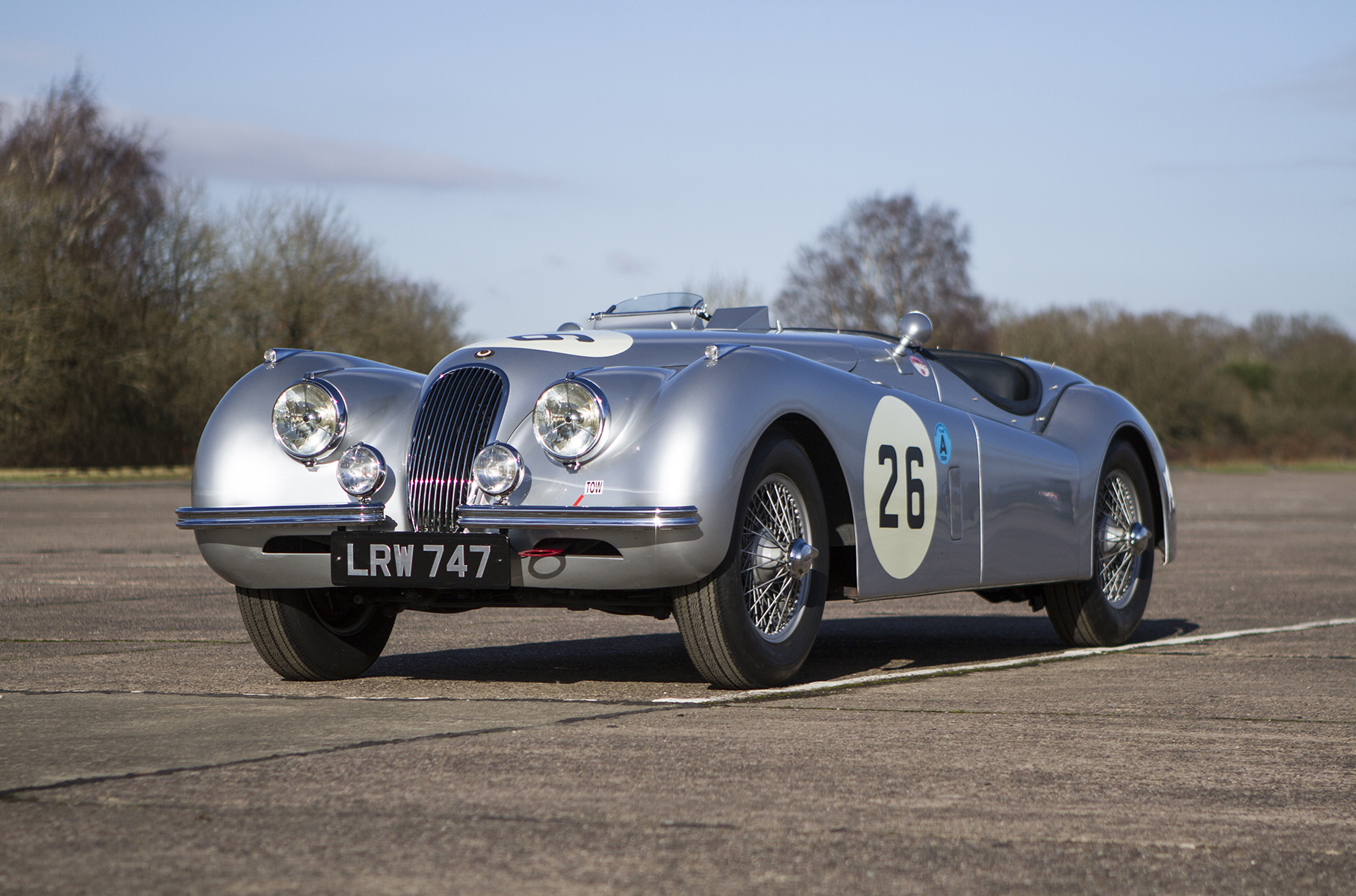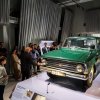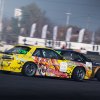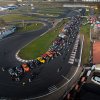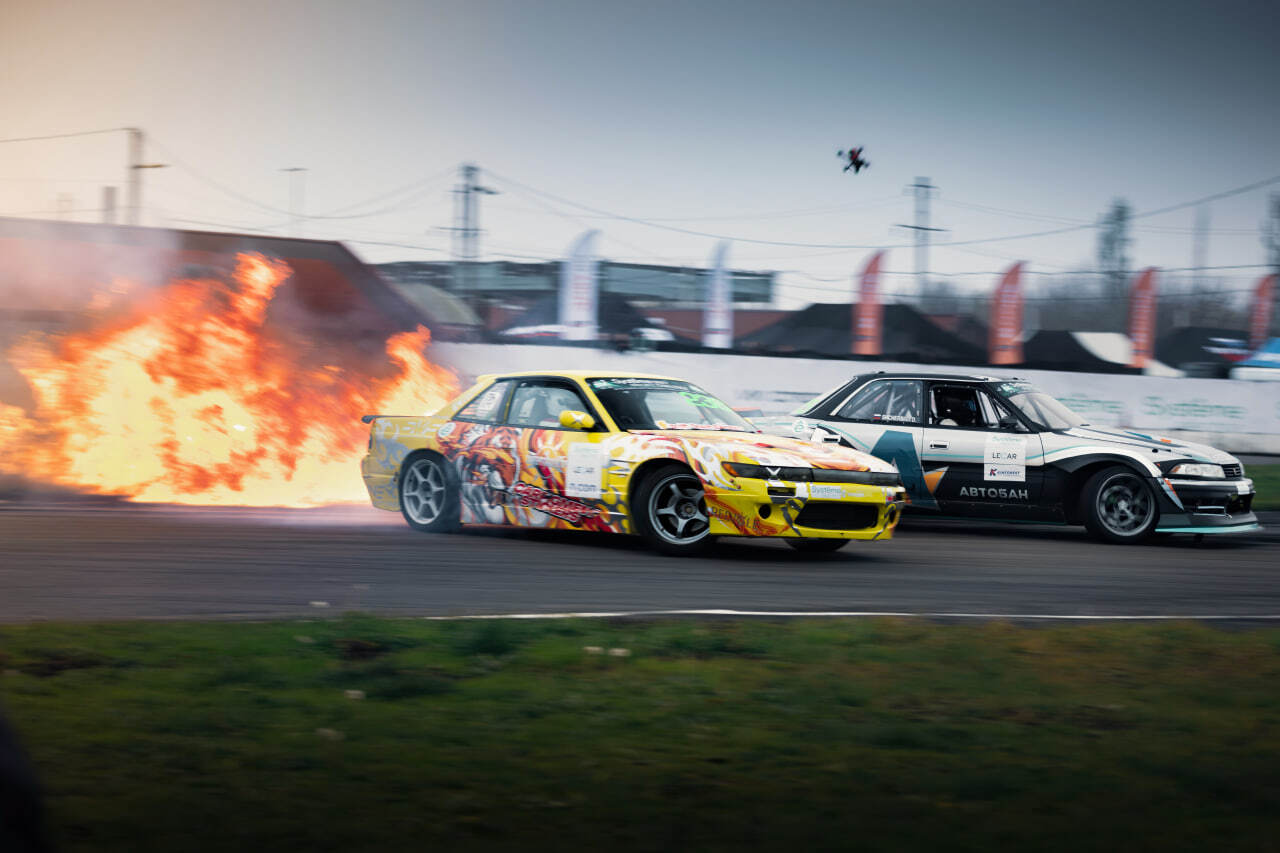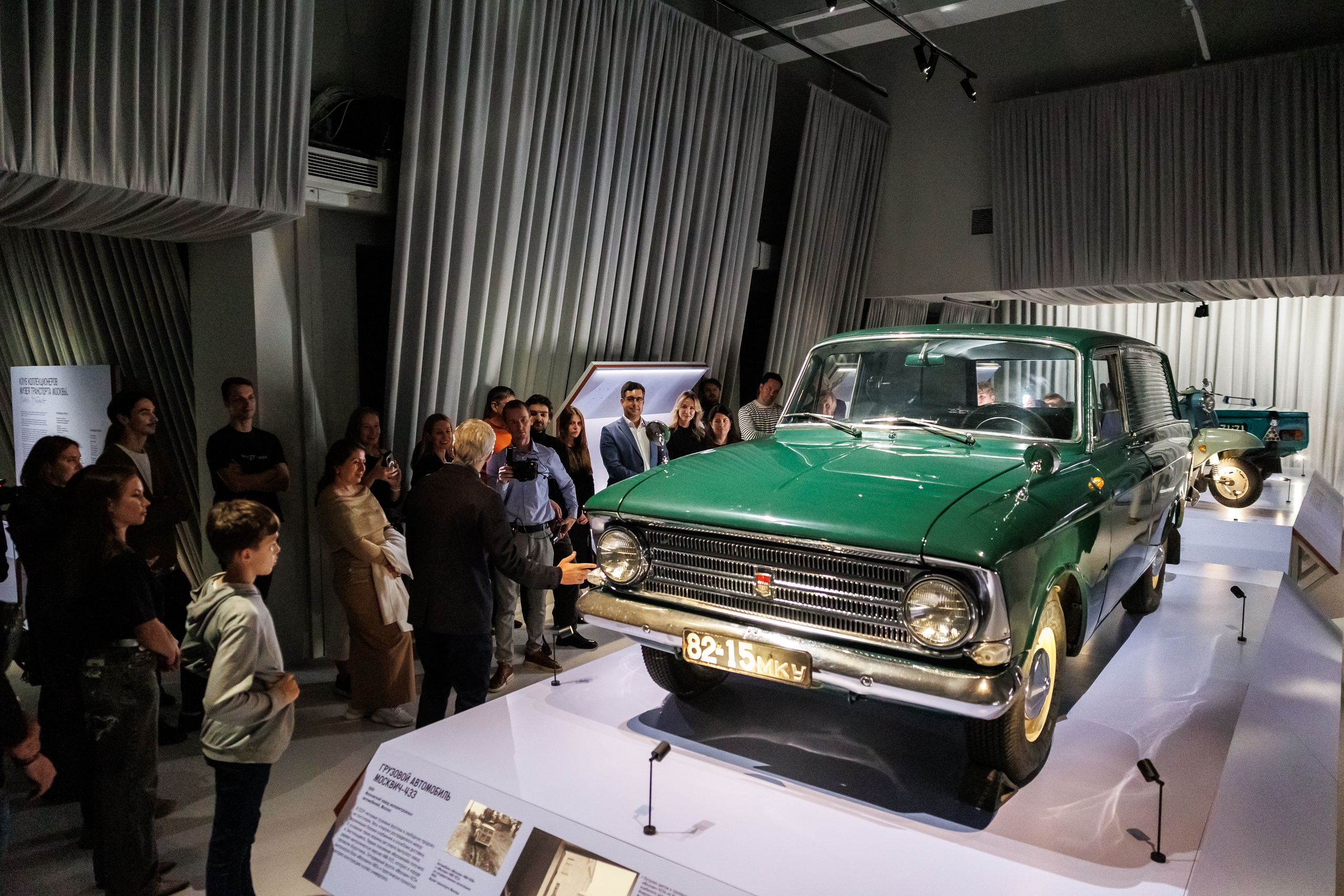Jaguar in the eyes of consumers is a brand with a double bottom and a mysterious past. Ordinary car owners associate it with the sedans of XE, XF and XJ, as well as F-Pace cross-breasts on the roads. Petrolheads dreamily rolling their eyes, recalling the delightful Grand tourists of E-Type and XJS. But after all, the paradox: “Jaguar” is not only a serial technique, but also a rich racing heritage, which is very rarely remembered. And today we will fix it.
Jaguar XK120
Do not call the Supercar of 1948-1954 a walking aesthet. Another definition is suitable for him – a serious and rather evil retro. In the index of the name, the maximum speed in miles (193 km/h) of the early open version with an aluminum body (242 copies) is immortal. Did you know that the XK120 was not only a powerful Avtoban Death Eater, but also noted in the races? For these purposes, the in-line 3.4-liter “six” was pumped with an improved cylinder block, more manufacturing Weber carburetors and other intake manifolds. In this case, the return reached 223 hp.
Jaguar 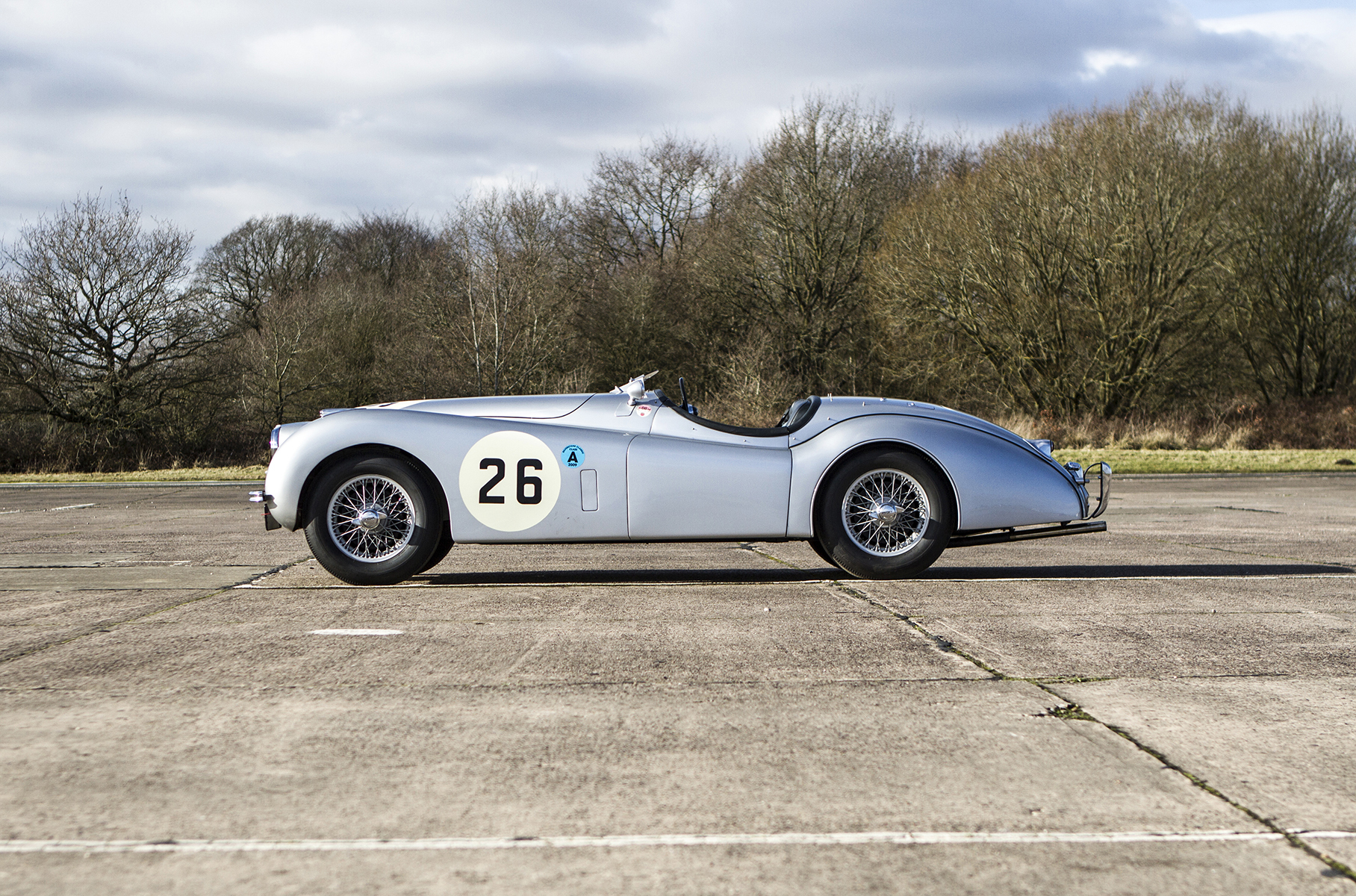 Jaguar
Jaguar  Jaguar
Jaguar 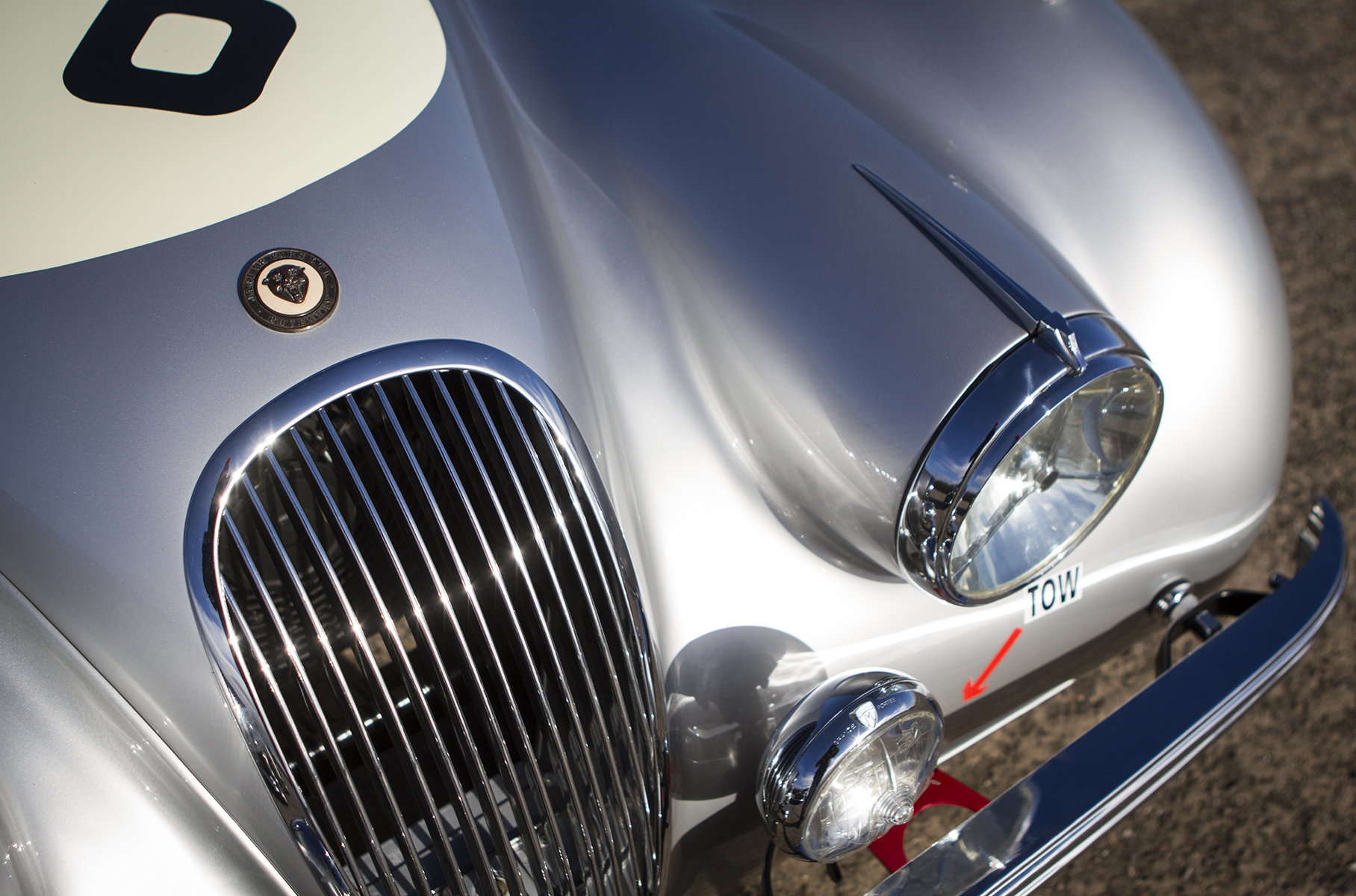 Jaguar
Jaguar 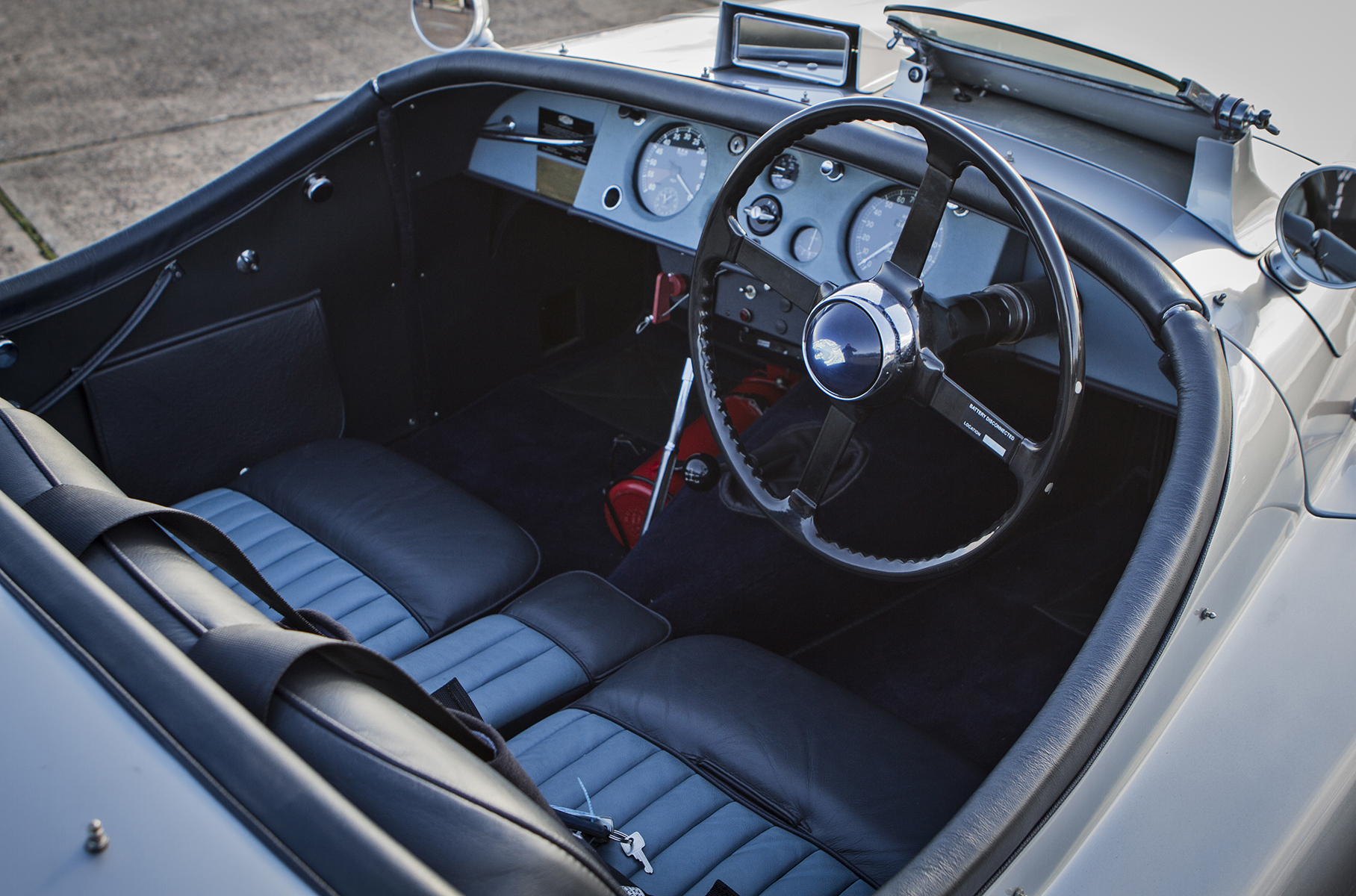 Jaguar
Jaguar
X-Kay got his first victory on August 30, 1949 in the competition of serial products on the famous English highway Silverstone. Subsequently, he took part in “24 hours of Le-Man” and Targa Florio. True, it was not possible to win there because of technical problems. The best result in Mille Miglia is the fifth, “Jaguar” then only lost to Alfa Romeo and the formidable Ferrari. But on the TT (Tourist Trophy) of 1950, under the pouring rain, cars showed themselves throughout their glory and occupied the first three lines of the final protocol.
In addition, XK120 was noted in high -speed and record races. A very impressive event dates back to October 21, 1953, when a supercar with a number of aerodynamic improvements (among them the streamlined “bubble” of the cab) squeezed the average 277.470 km/h at a distance of a mile.
Jaguar C-Type
If the XK120 was brought to the necessary motorsport condition, then C-Type (1951-1953, the official naming-Jaguar XK120-C) was originally conceived by the racing car. Fascinatingly beautiful and very effective! Evaluate the splendor of the relatives with a spatial tubular frame and a streamlined body, to which Malcolm Seyer, an aviation engineer and an expert at aerodynamics, had a hand.
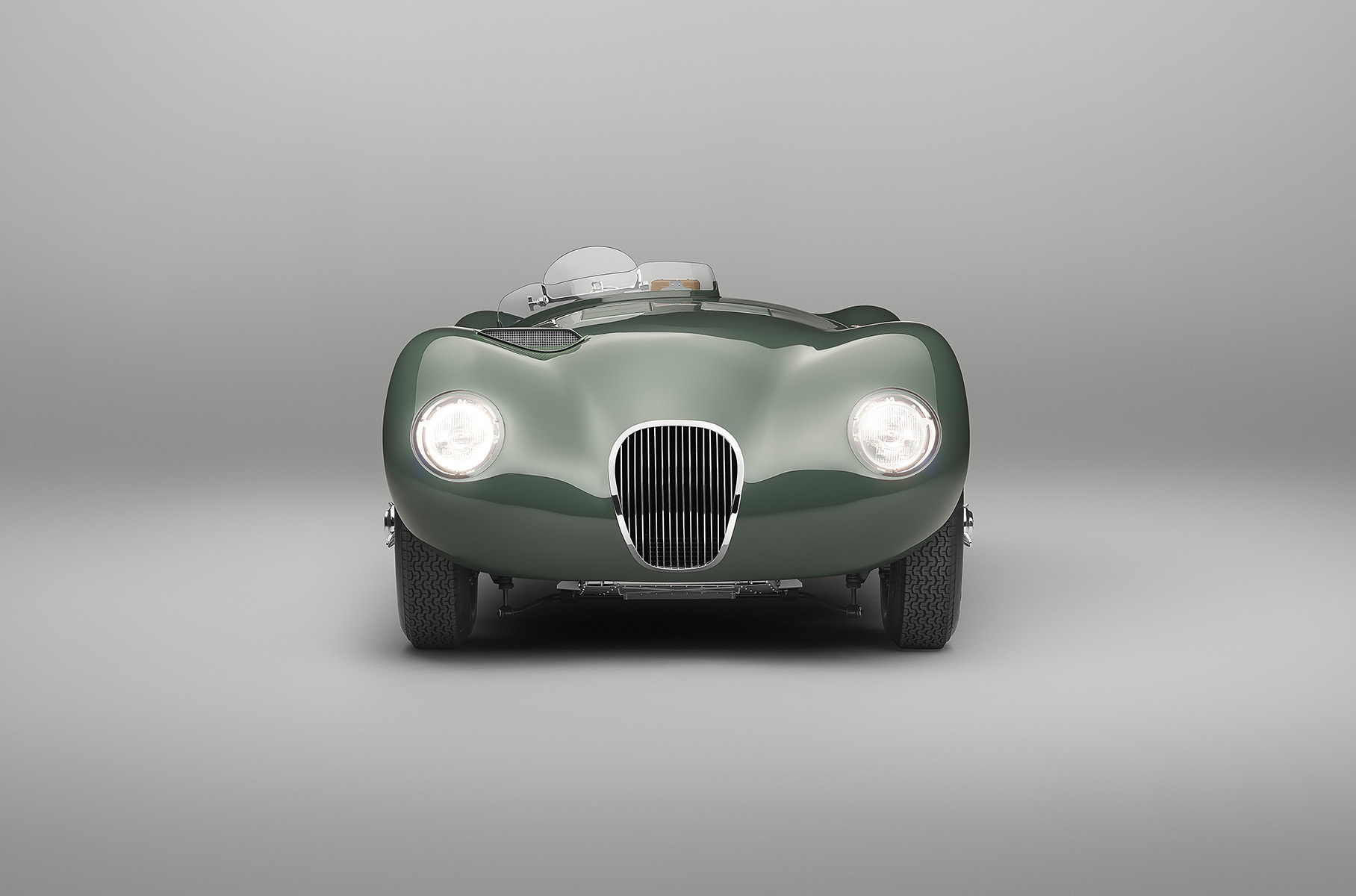 In total, 53 pieces were built, of which 43 were sold to private customers, mainly from the states
In total, 53 pieces were built, of which 43 were sold to private customers, mainly from the states
Jaguar 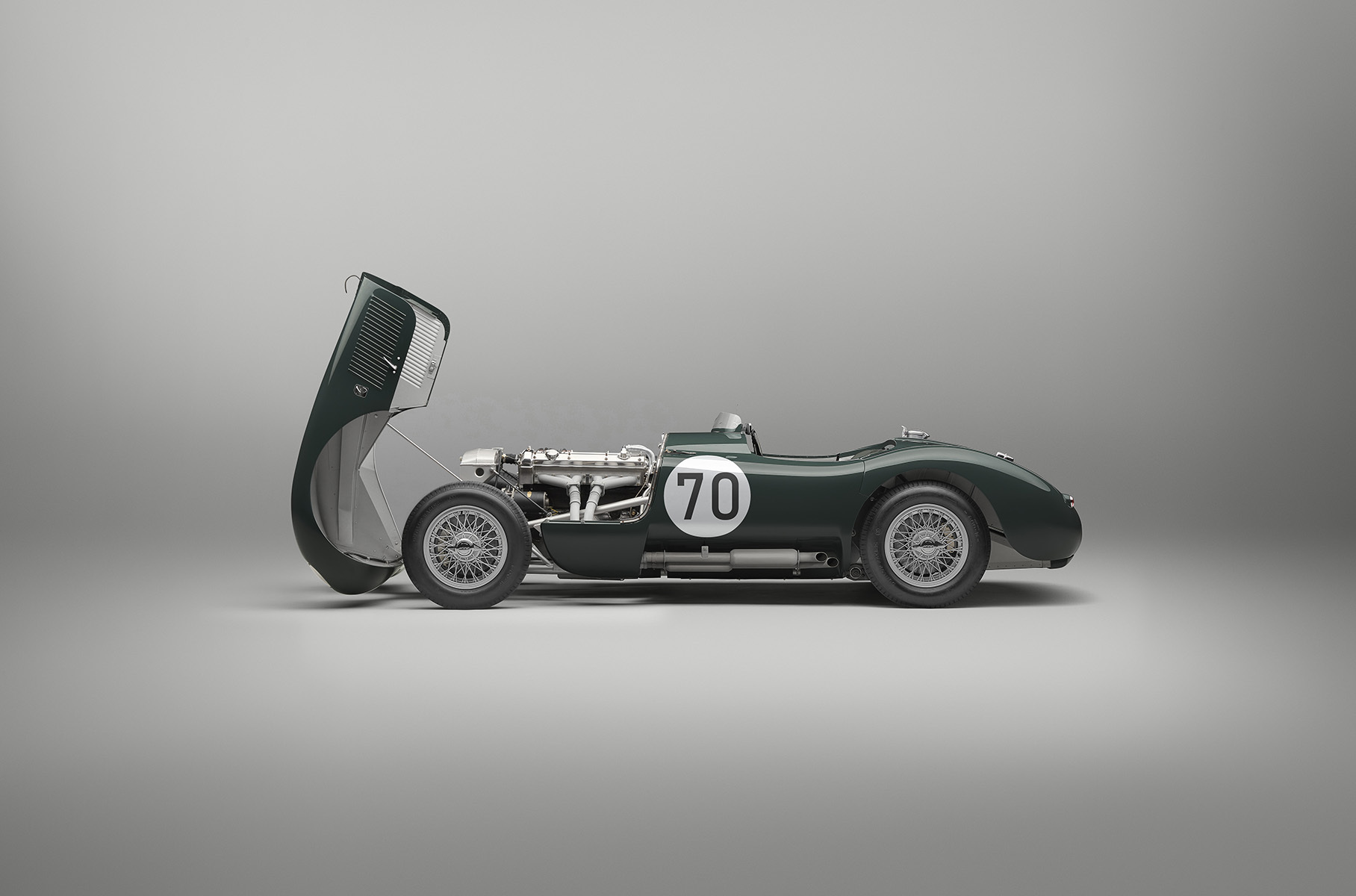 In total, 53 pieces were built, of which 43 were sold to private customers, mainly from the states
In total, 53 pieces were built, of which 43 were sold to private customers, mainly from the states
Jaguar  In total, 53 pieces were built, of which 43 were sold to private customers, mainly from the states
In total, 53 pieces were built, of which 43 were sold to private customers, mainly from the states
Jaguar  In total, 53 pieces were built, of which 43 were sold to private customers, mainly from the states
In total, 53 pieces were built, of which 43 were sold to private customers, mainly from the states
Jaguar 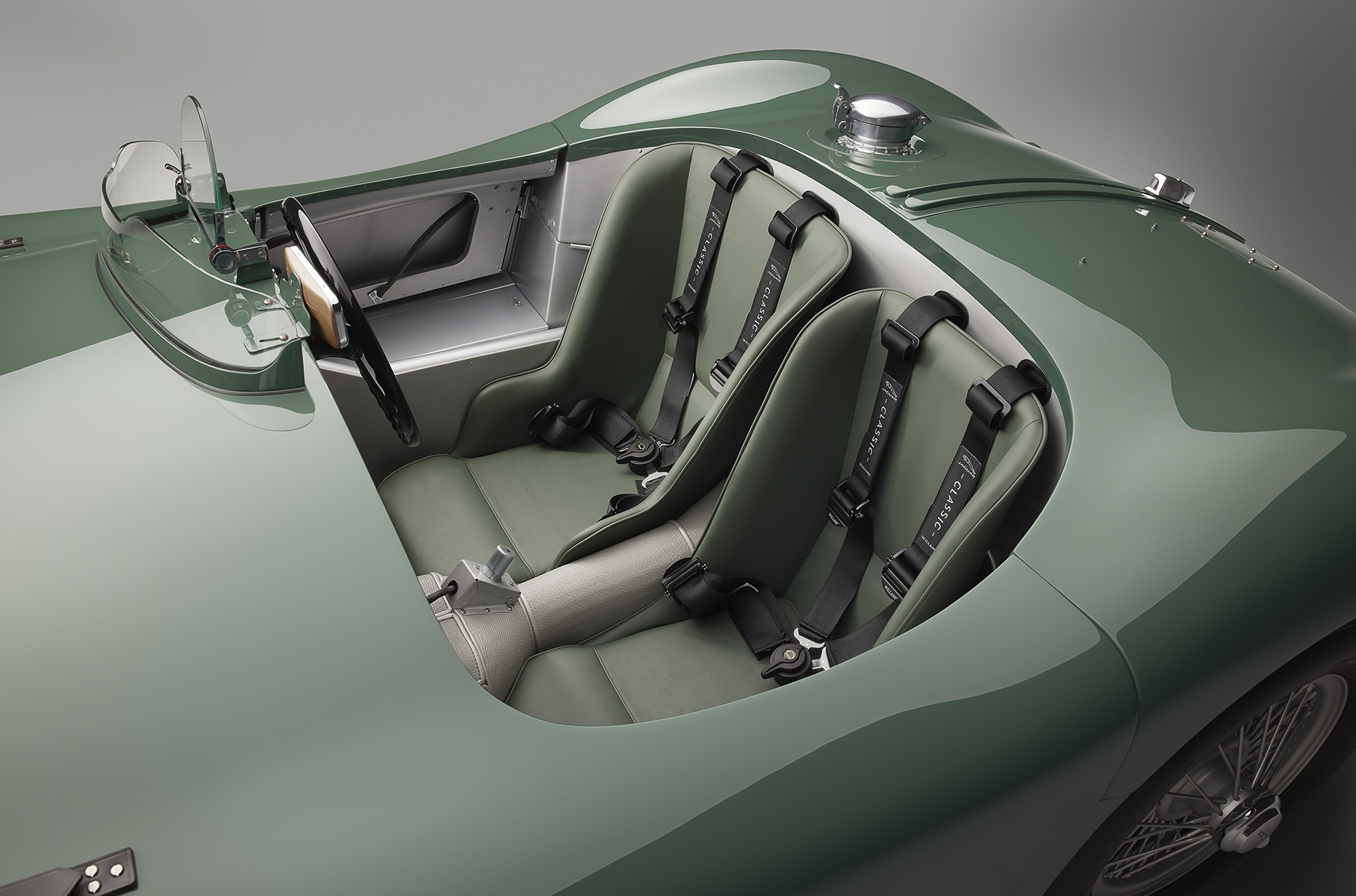 In total, 53 pieces were built, of which 43 were sold to private customers, mainly from the states
In total, 53 pieces were built, of which 43 were sold to private customers, mainly from the states
Jaguar 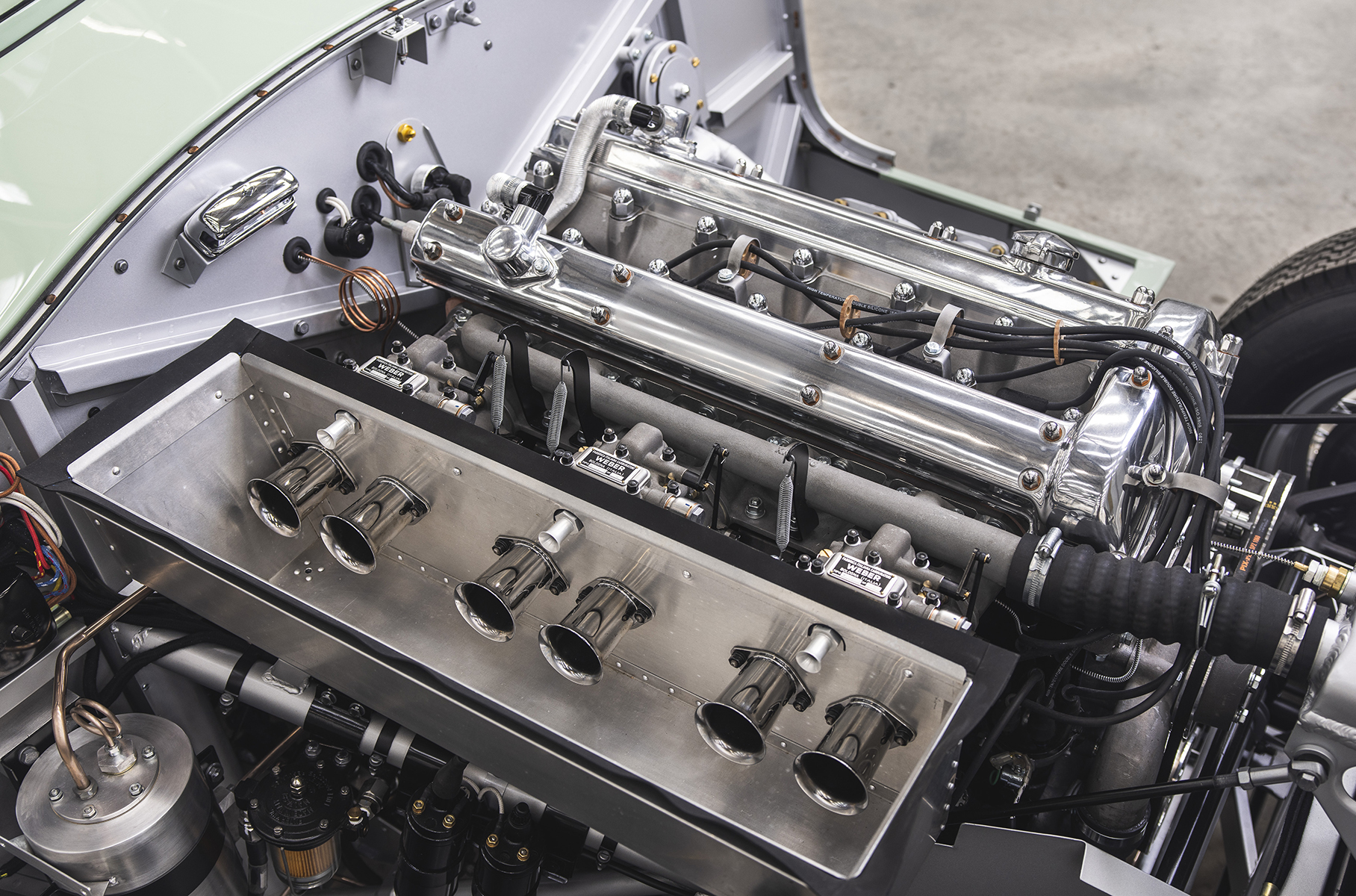 In total, 53 pieces were built, of which 43 were sold to private customers, mainly from the states
In total, 53 pieces were built, of which 43 were sold to private customers, mainly from the states
Jaguar 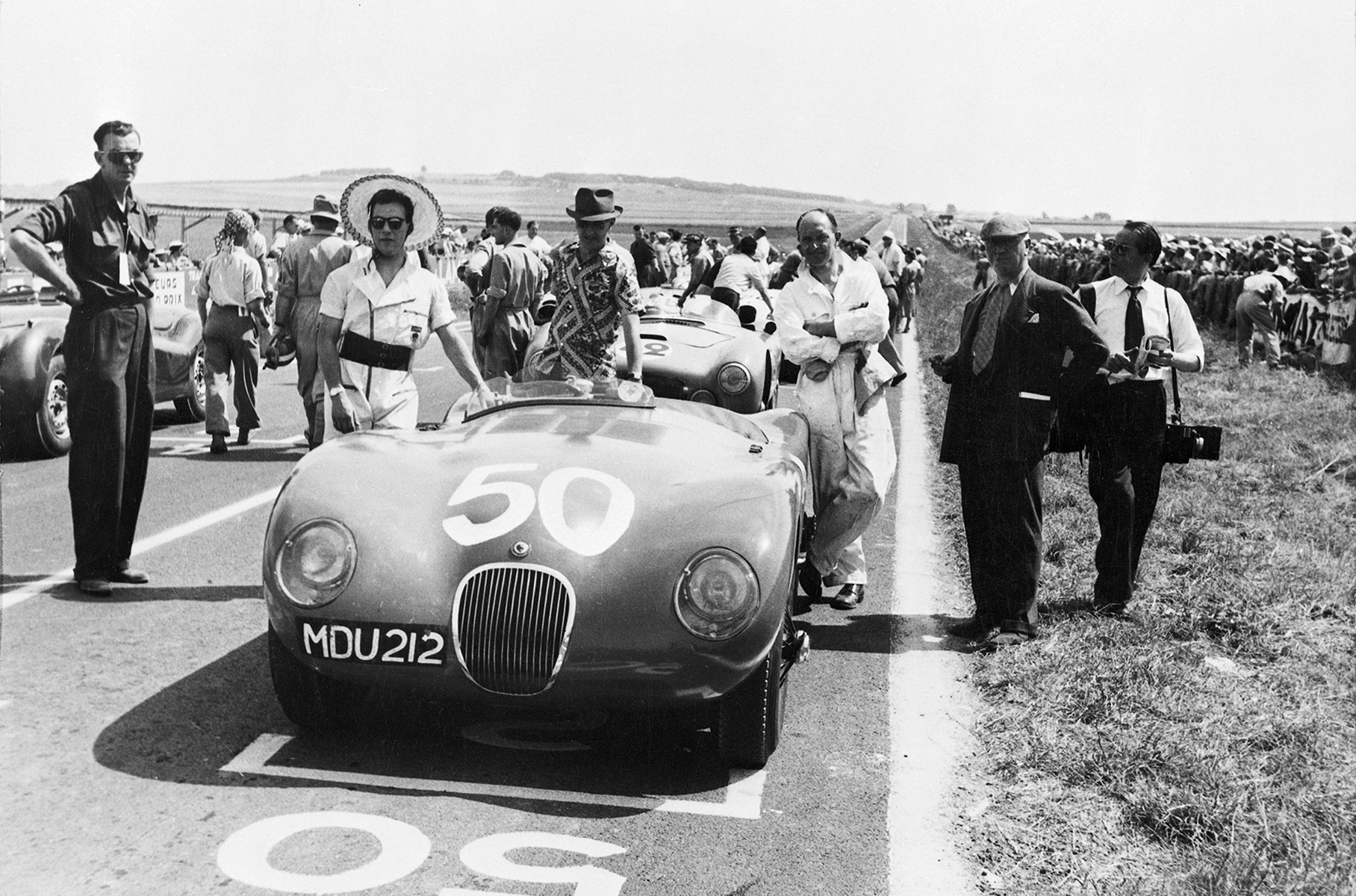 In total, 53 pieces were built, of which 43 were sold to private customers, mainly from the states
In total, 53 pieces were built, of which 43 were sold to private customers, mainly from the states
Jaguar
The main achievements of C-Type are associated with the daily marathon in Le Man. In 1951, Supercar appeared there and … From the first call, he won the most difficult race under the direction of the British Peter Waker and Peter Whitehead. The namesakes were the only ones finished among the factory pilots, the two remaining cars got off the distance due to problems with the oil pressure. The next year it was not possible to repeat success. Attempts to establish a dialogue of the body with air masses led to overheating of the engine. In addition to the aerodynamics, the “jaguar” was not enough for a clamping force at a straight mulsanne at speeds over 190 km/h unloaded the rear axle. Which did not benefit the stability of the movement and did not inspire confidence to the riders.
Racing hypercars: Bugatti, Pagani and Koenigsegg in the sports lives of the great-great-formal: a sports car inspired by aviation flew ahead of time, what is a triple crown of motorports?
In 1953, Jaguar literally lowered his skin from his opponents-he took the first, second and fourth place. Triumph was preceded by serious work. The motor from the Ix-Kay with a volume of 3.4 liters with three weber carburetors cheered up to 223 hp. Against 208 hp The early specifications. External panels were stamped from thin aluminum sheets, and the fuel tank was replaced with a rubber “bag” to save mass. Another important upgrade is the transition to disc brakes. The champion machine was controlled by Dankan Hamilton and Tony Rolt, the first winners in history with an average pace of more than 100 miles/h (105.85 miles/h or 170.35 km/h).
Jaguar D-Type
This handsome man won “24 hours of Le Mans” from 1955 to 1957. Ask how? We tell you! Here is an exciting design-a combination of an advanced monocock chassis and aerodynamic “shell” (partially working with it was performed by Malcolm Seyer) with a vertical stabilizer behind Kokpit. The 1955 model was more speedy thanks to the elongated front. The headrest was combined with a stabilizer, which improved streamlines and reduced weight. In 1957, the working volume grew from 3.4 to 3.8 liters, and the next year was stung to three liters due to the requirements of the race regulations.
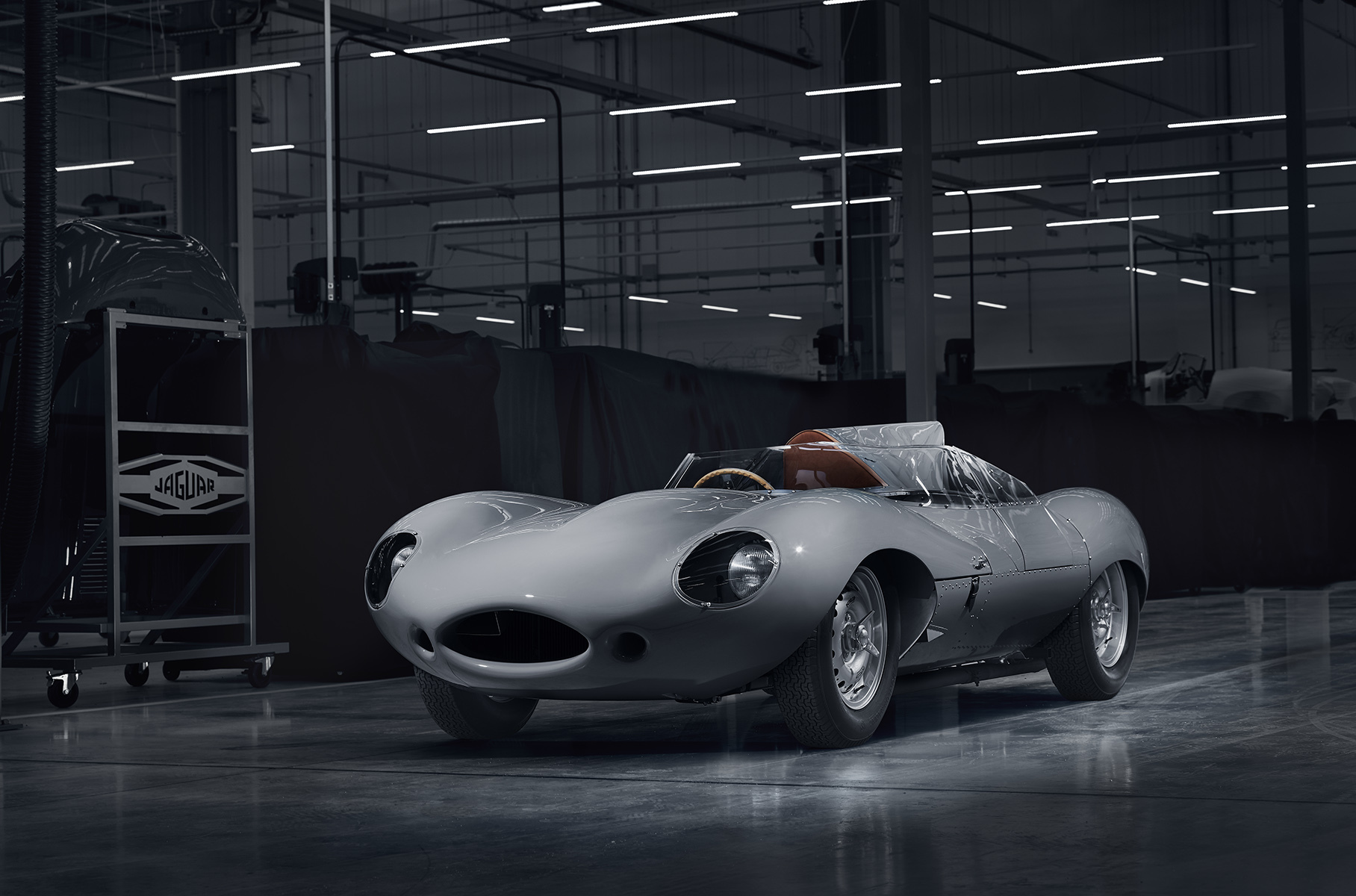 D-type, like the predecessor, came out with a small series of 71 units. Of these, 53 clients and 18 for the factory team. By the way, Jaguar became one of the witnesses of a monstrous catastrophe in Le-Man in 1955. As a result of a collision on the start-finish line Mercedes-Benz 300 SLR, Pierre Levega flew to the stands, killing more than 80 people.
D-type, like the predecessor, came out with a small series of 71 units. Of these, 53 clients and 18 for the factory team. By the way, Jaguar became one of the witnesses of a monstrous catastrophe in Le-Man in 1955. As a result of a collision on the start-finish line Mercedes-Benz 300 SLR, Pierre Levega flew to the stands, killing more than 80 people.
Jaguar  Jaguar
Jaguar 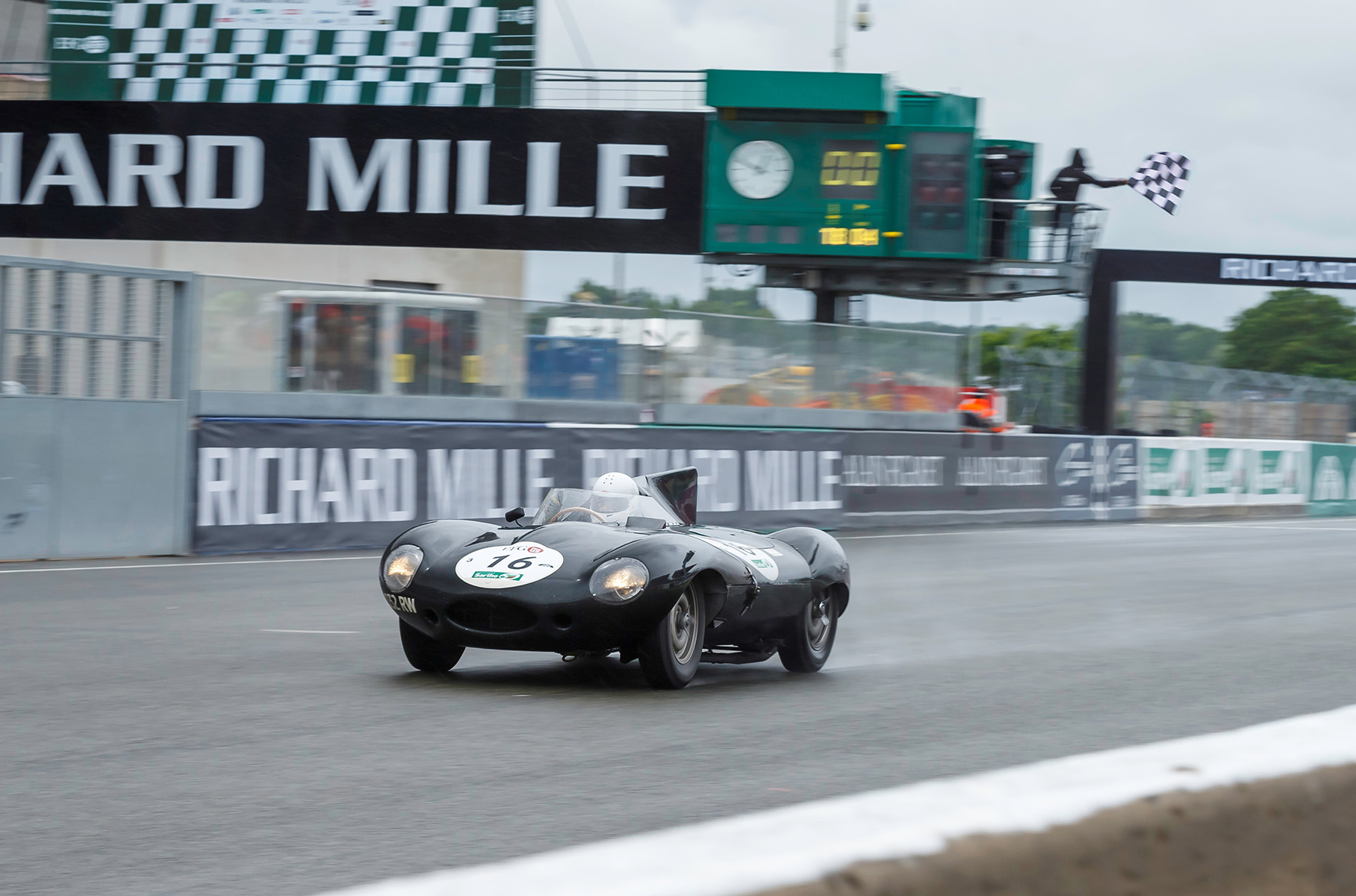 Jaguar
Jaguar 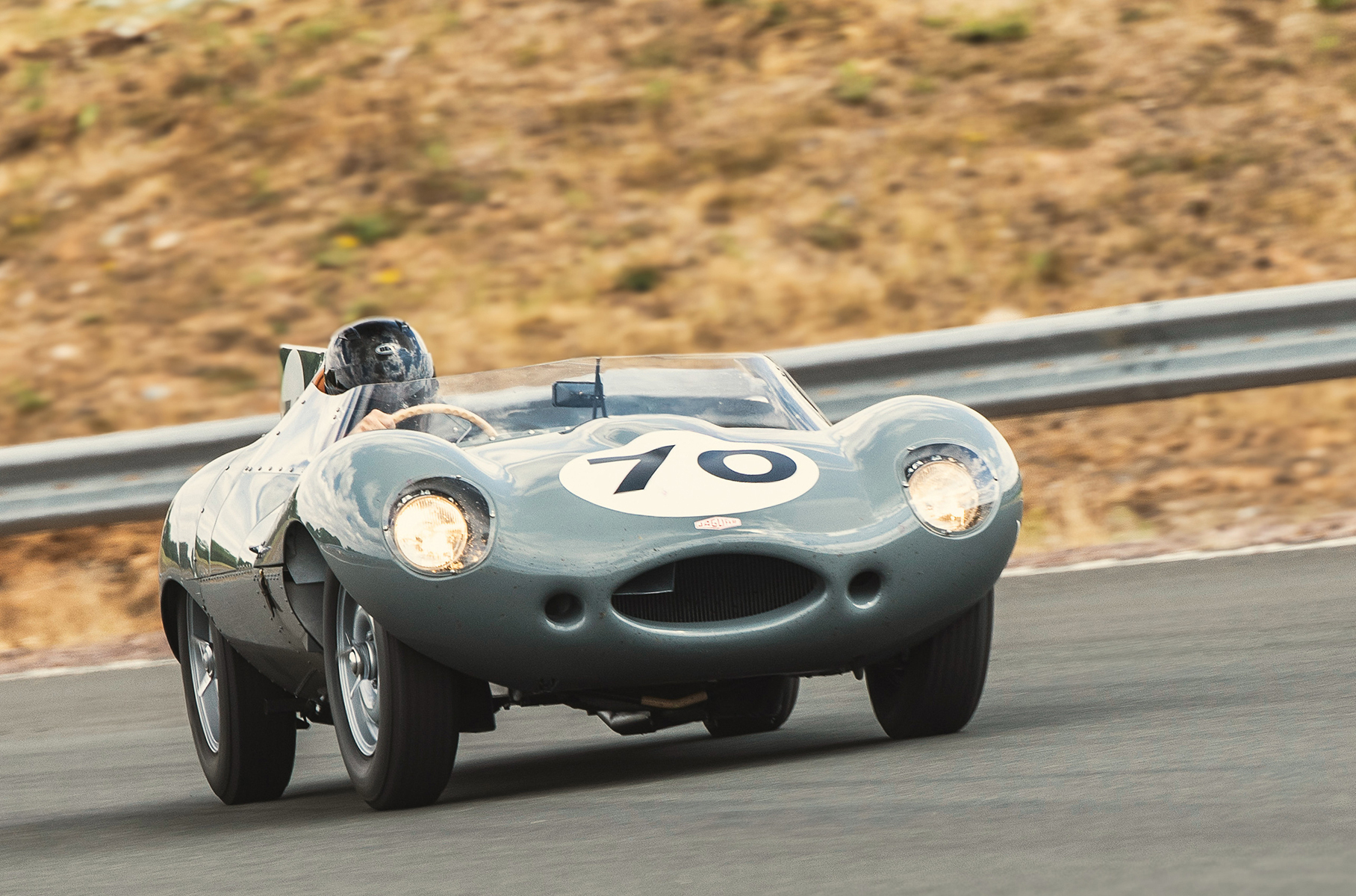 Jaguar
Jaguar 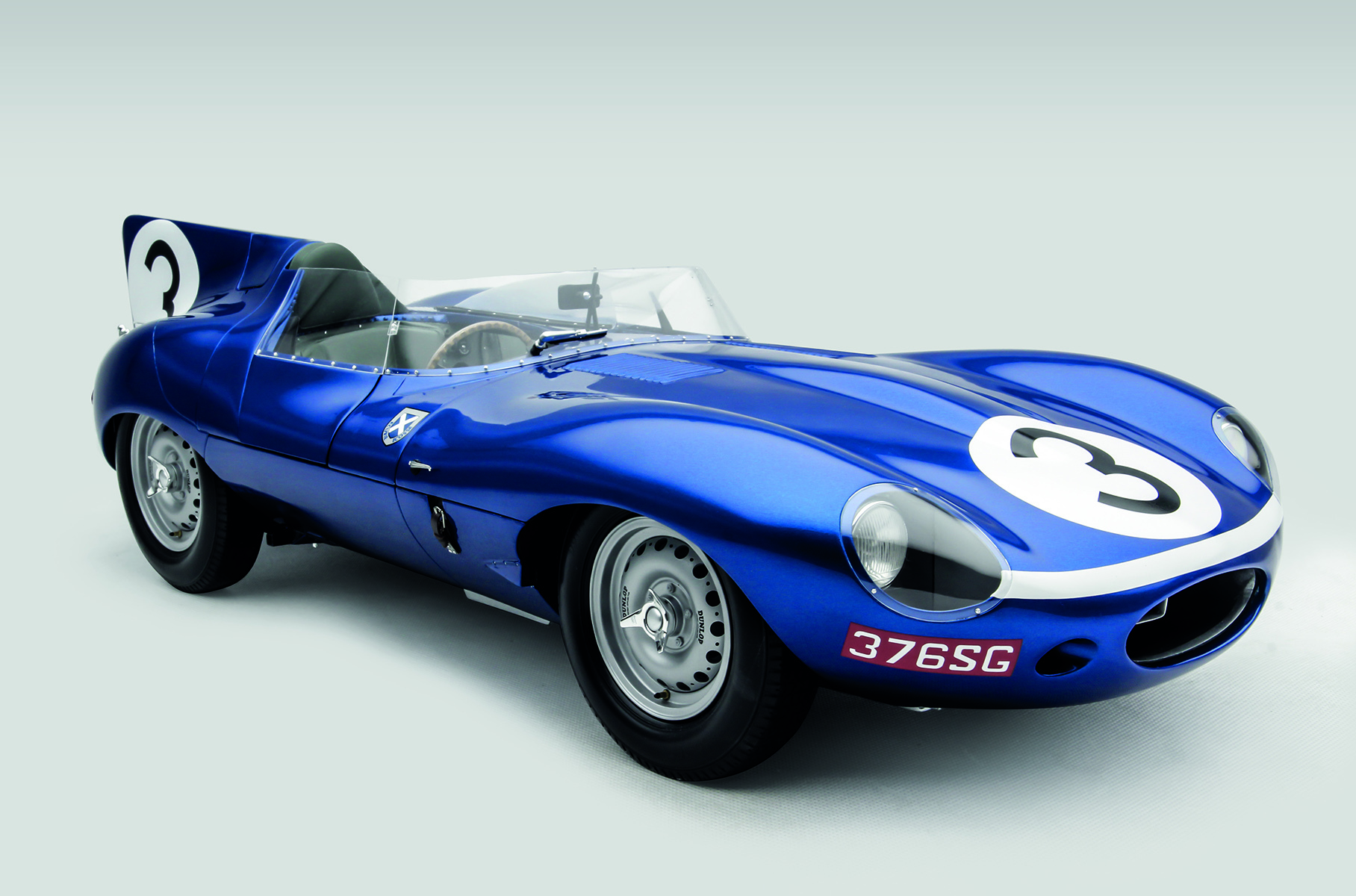 Jaguar
Jaguar
Under the curtain of the output of D-Type, the company was split into a road version named XKSS, from the racing, it was distinguished by a full-fledged interior for two with adequate wind protection, a folding top, a passenger door and chrome bumpers. The motor is 3.4-liter.
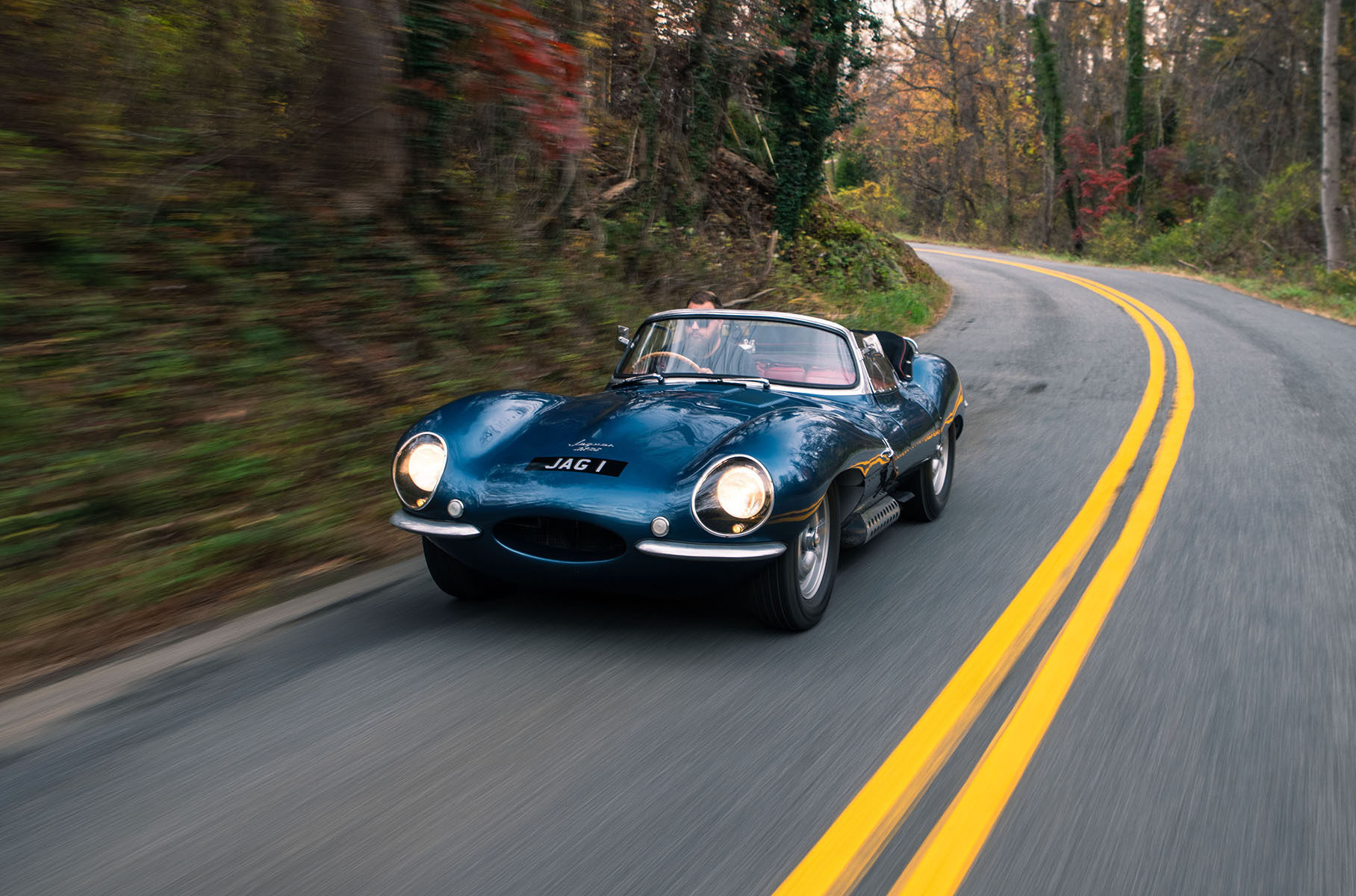 Jaguar XKSS
Jaguar XKSS
Jaguar 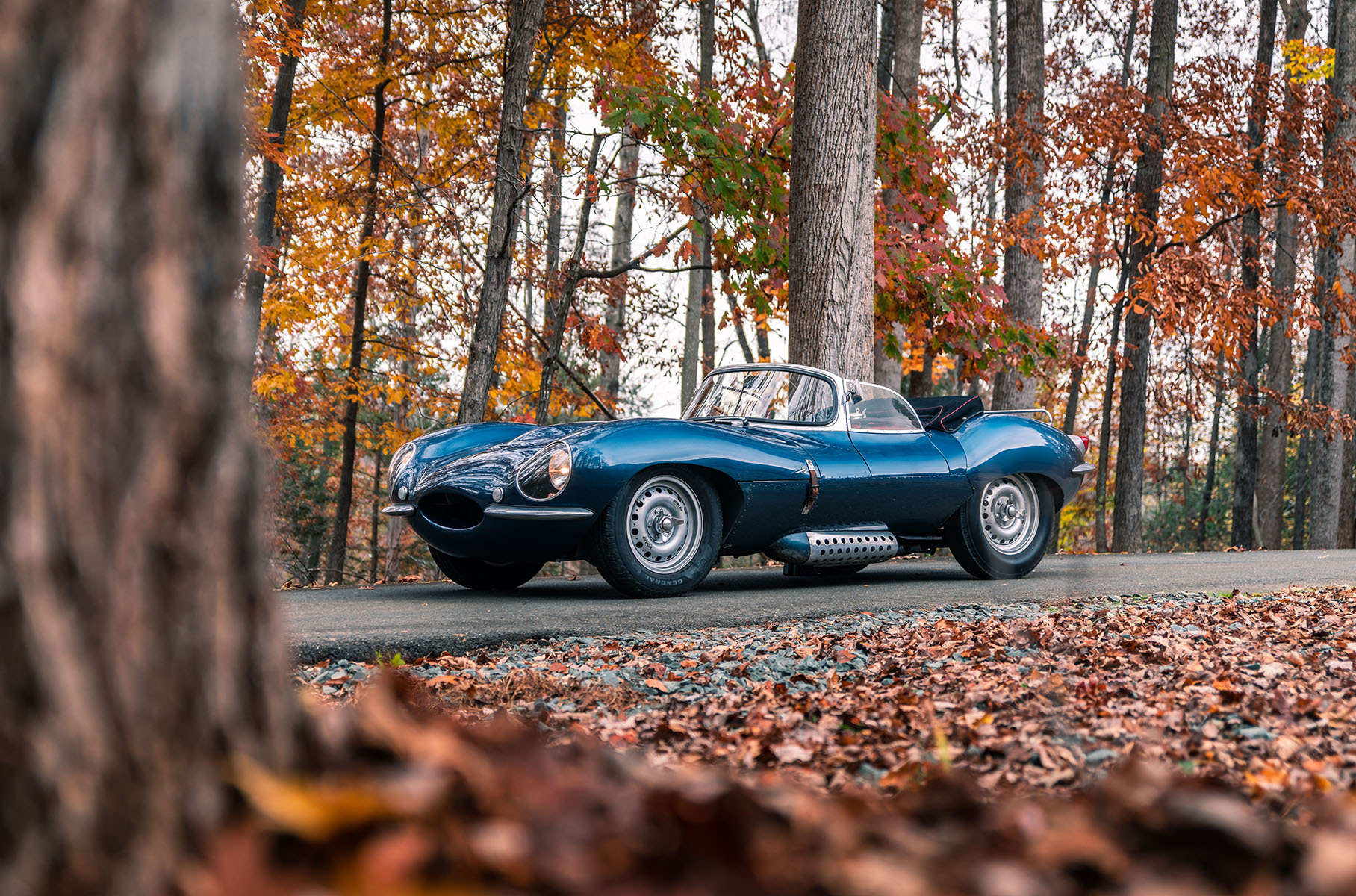 Jaguar XKSS
Jaguar XKSS
Jaguar 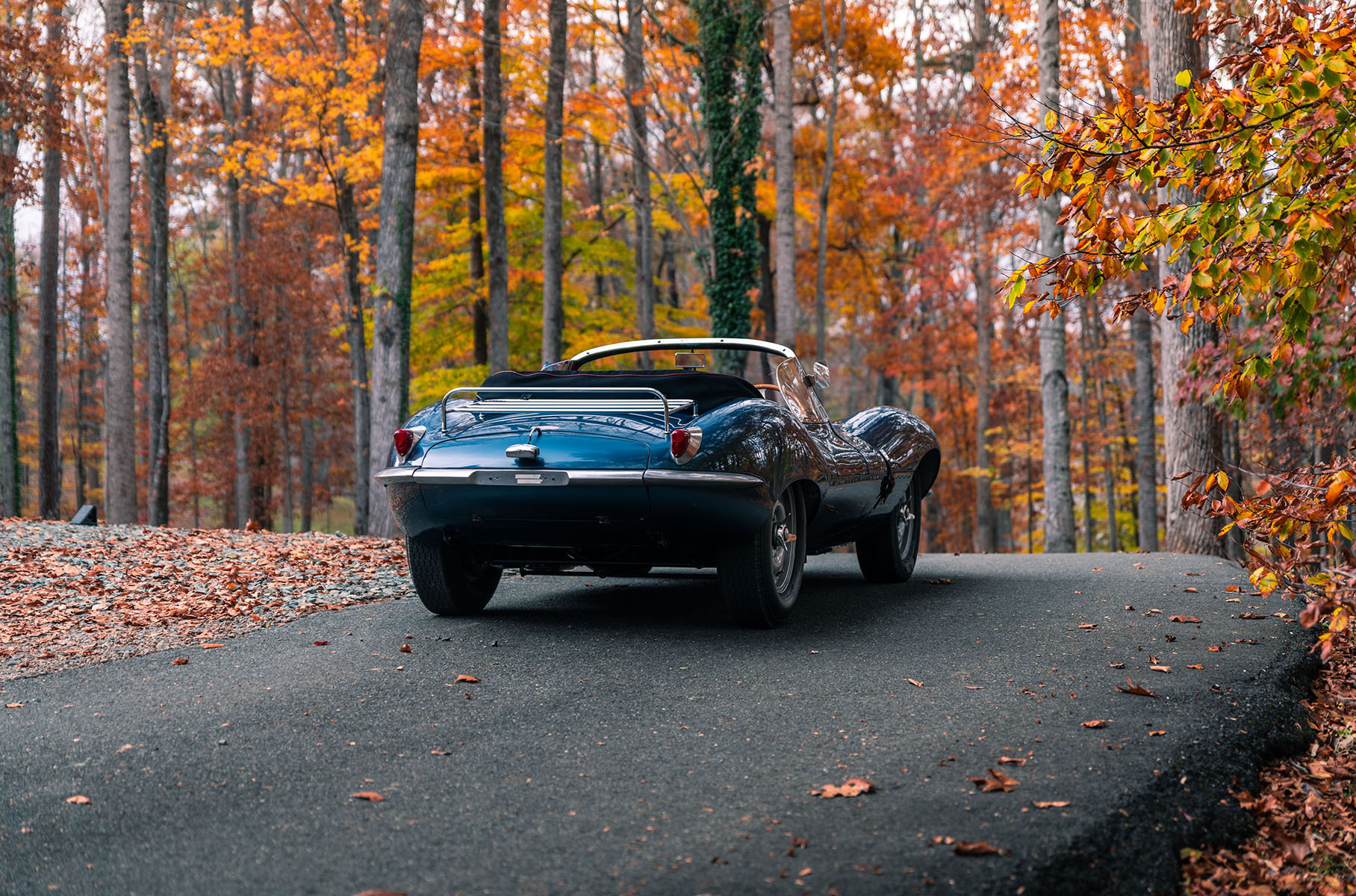 Jaguar XKSS
Jaguar XKSS
Jaguar 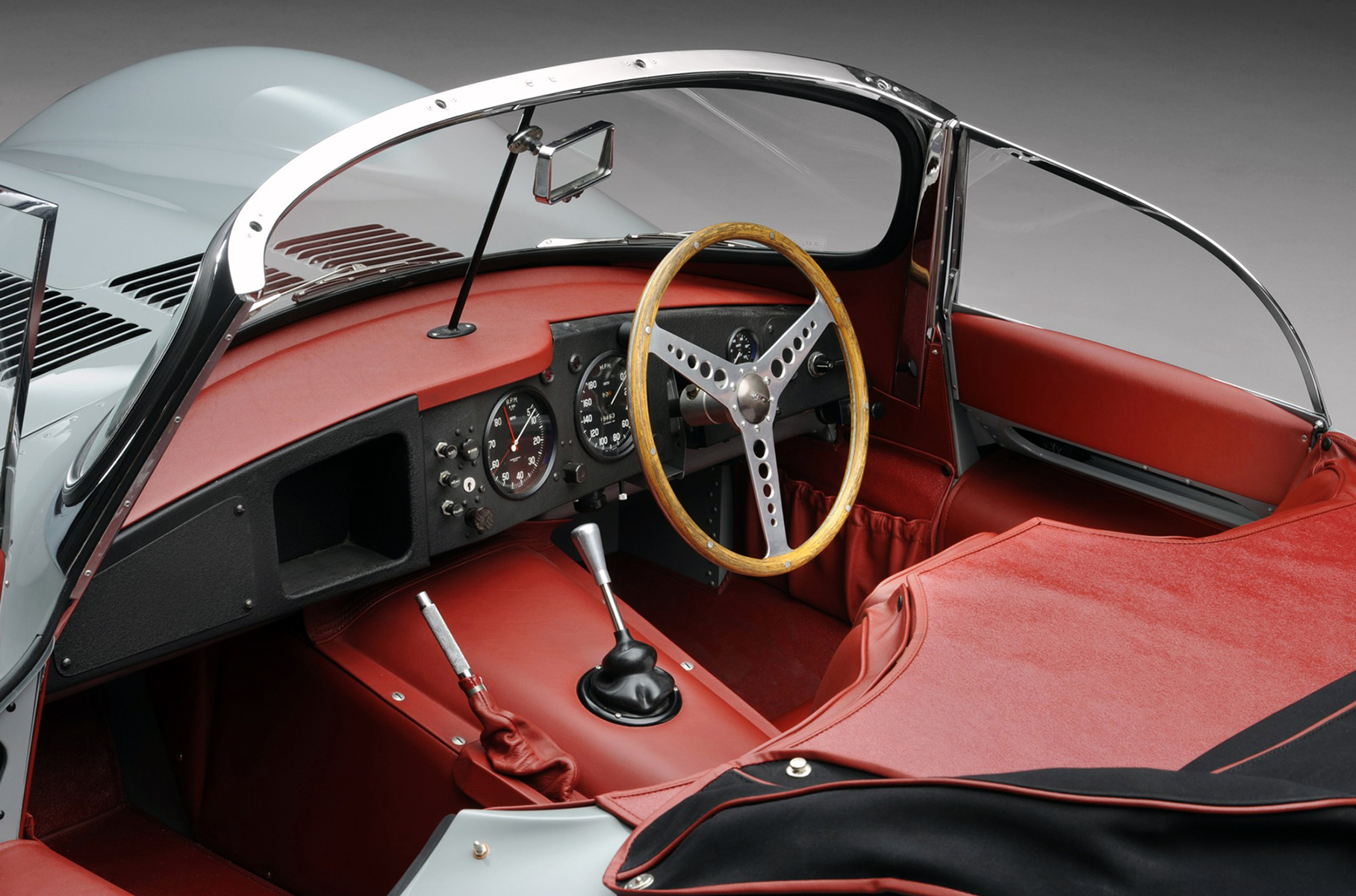 Jaguar XKSS
Jaguar XKSS
Jaguar
25 pieces were planned in Coventry, but in February 1957 a fire began at the factory, which destroyed nine unfinished chassis for the American market. The missing nine copies were collected in … 2016-2017. As they say, it’s better late than never.
Jaguar E-Type Lightweight
One of the cult “jaguars” was also noted in motorsport. Moreover, lightweight Lightweight (1963–1964) is based on an early Series 1 with an in -line “six” volume of 3.8 liters. Recall that the third E-Type series from the seventies switched to a 5.3-liter V12.
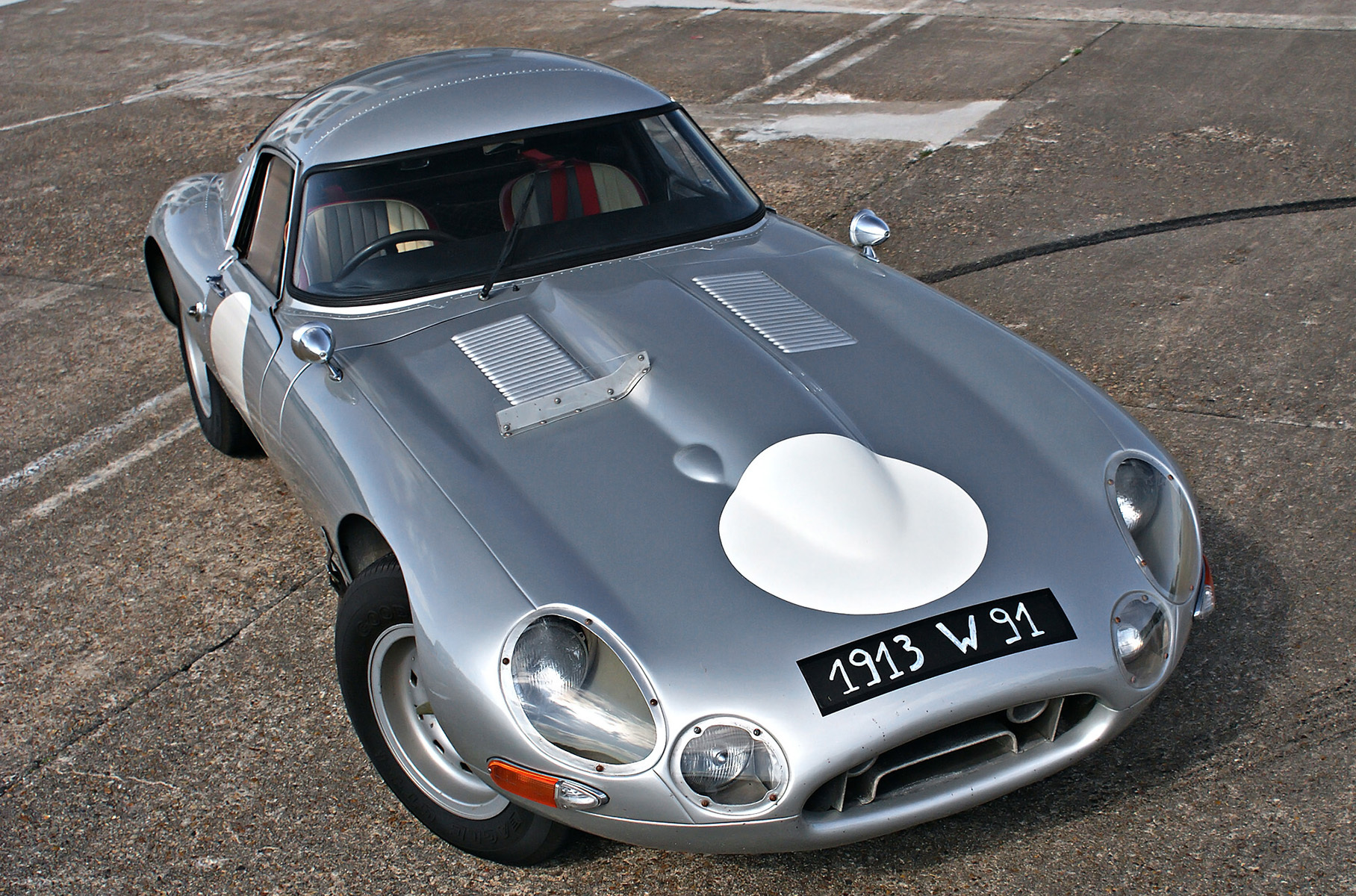 Jaguar Low Drag Coupe
Jaguar Low Drag Coupe
Jaguar  Jaguar Low Drag Coupe
Jaguar Low Drag Coupe
Jaguar 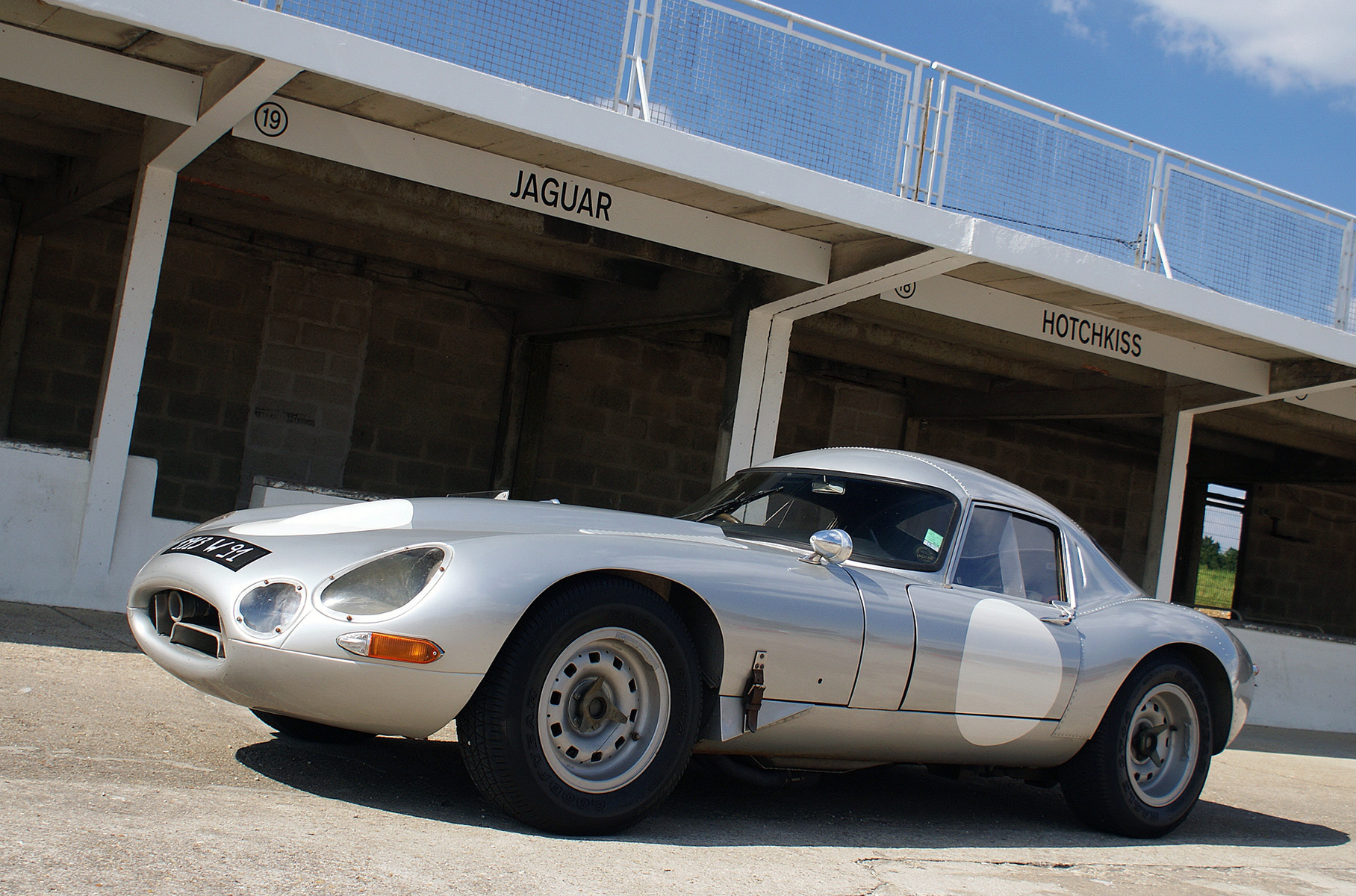 Jaguar Low Drag Coupe
Jaguar Low Drag Coupe
Jaguar 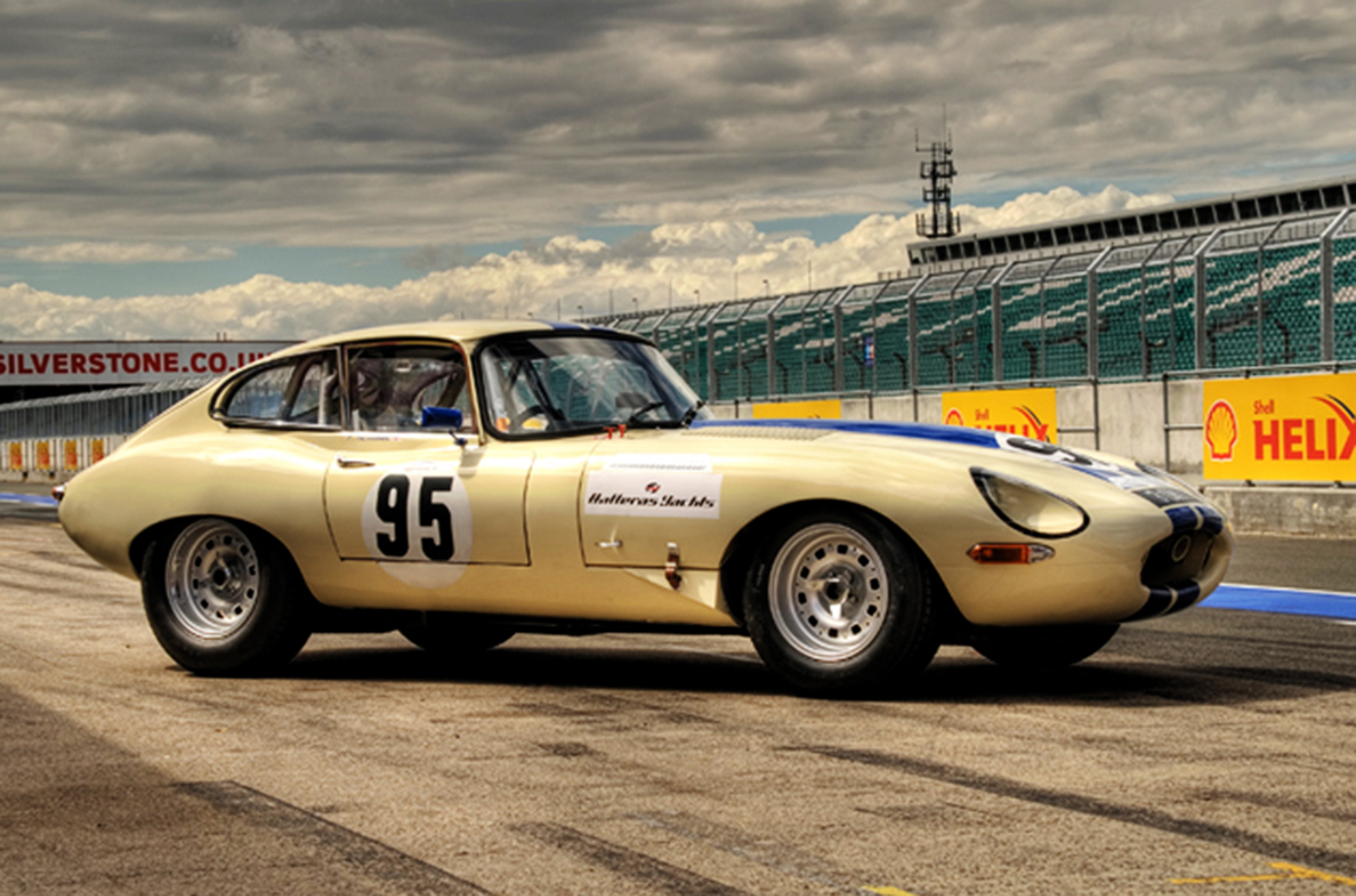 Jaguar E-Type Lightweight
Jaguar E-Type Lightweight
Jaguar  Jaguar E-Type Lightweight
Jaguar E-Type Lightweight
Jaguar 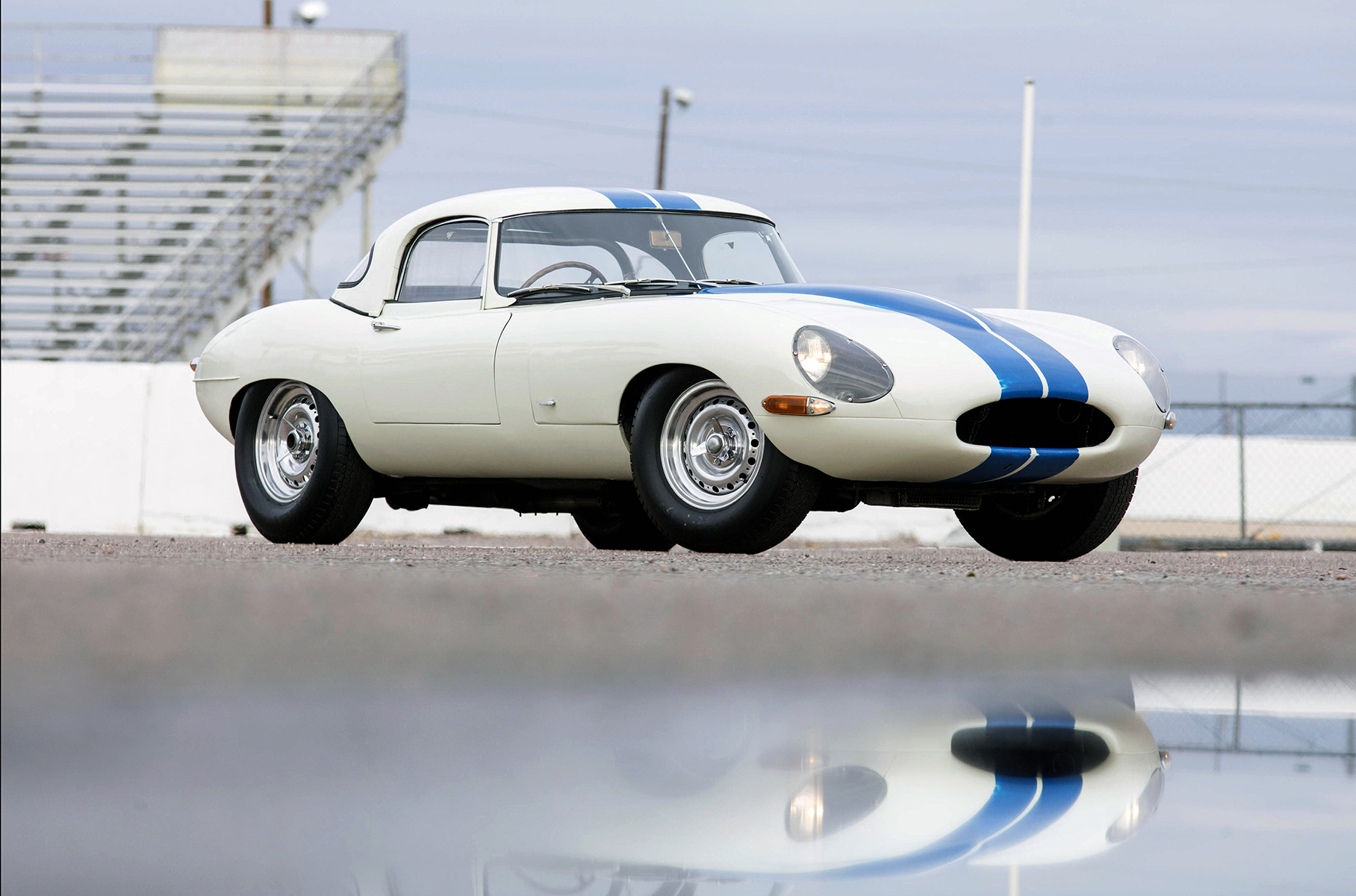 Jaguar E-Type Lightweight
Jaguar E-Type Lightweight
Jaguar 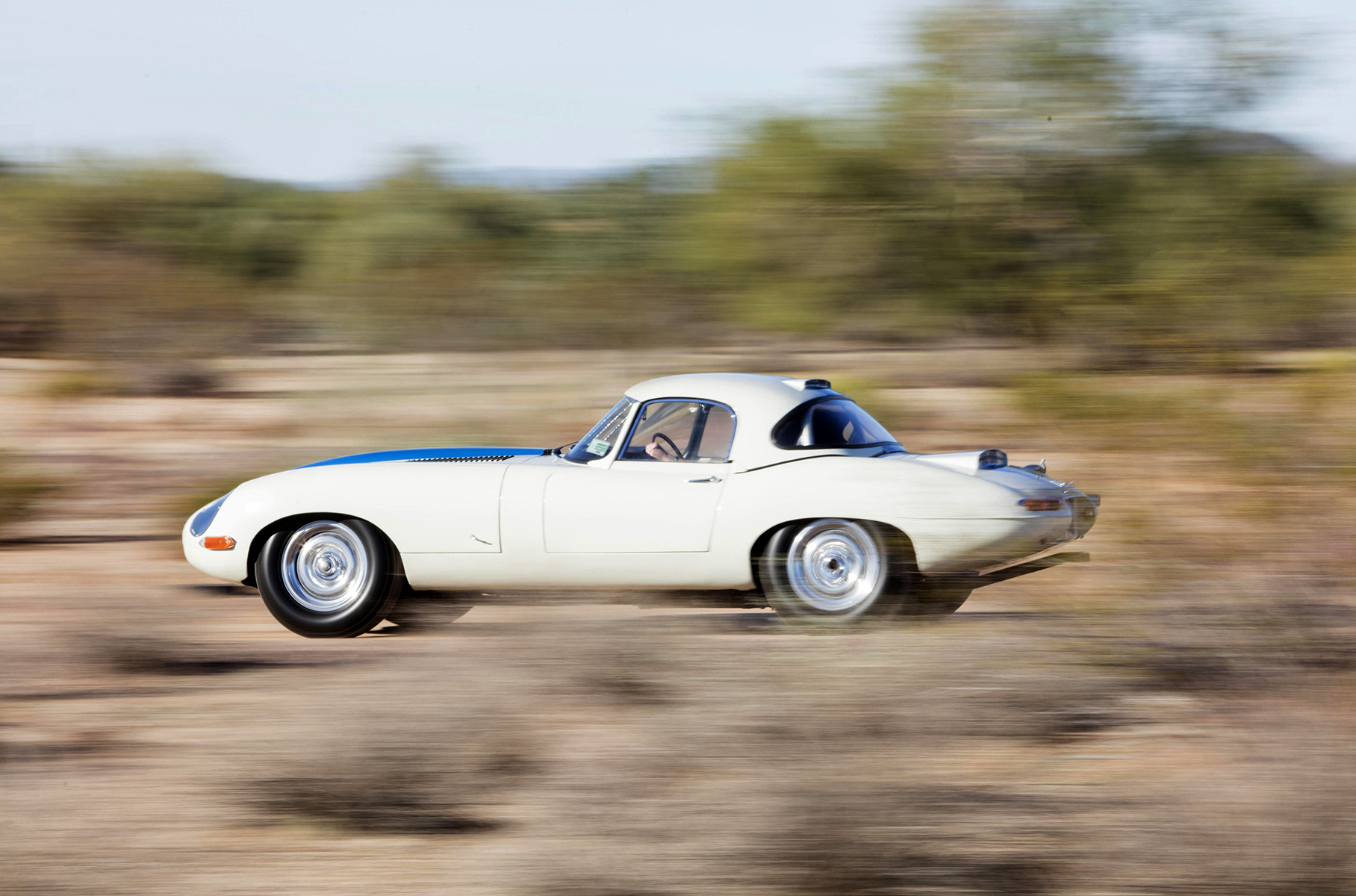 Jaguar E-Type Lightweight
Jaguar E-Type Lightweight
Jaguar 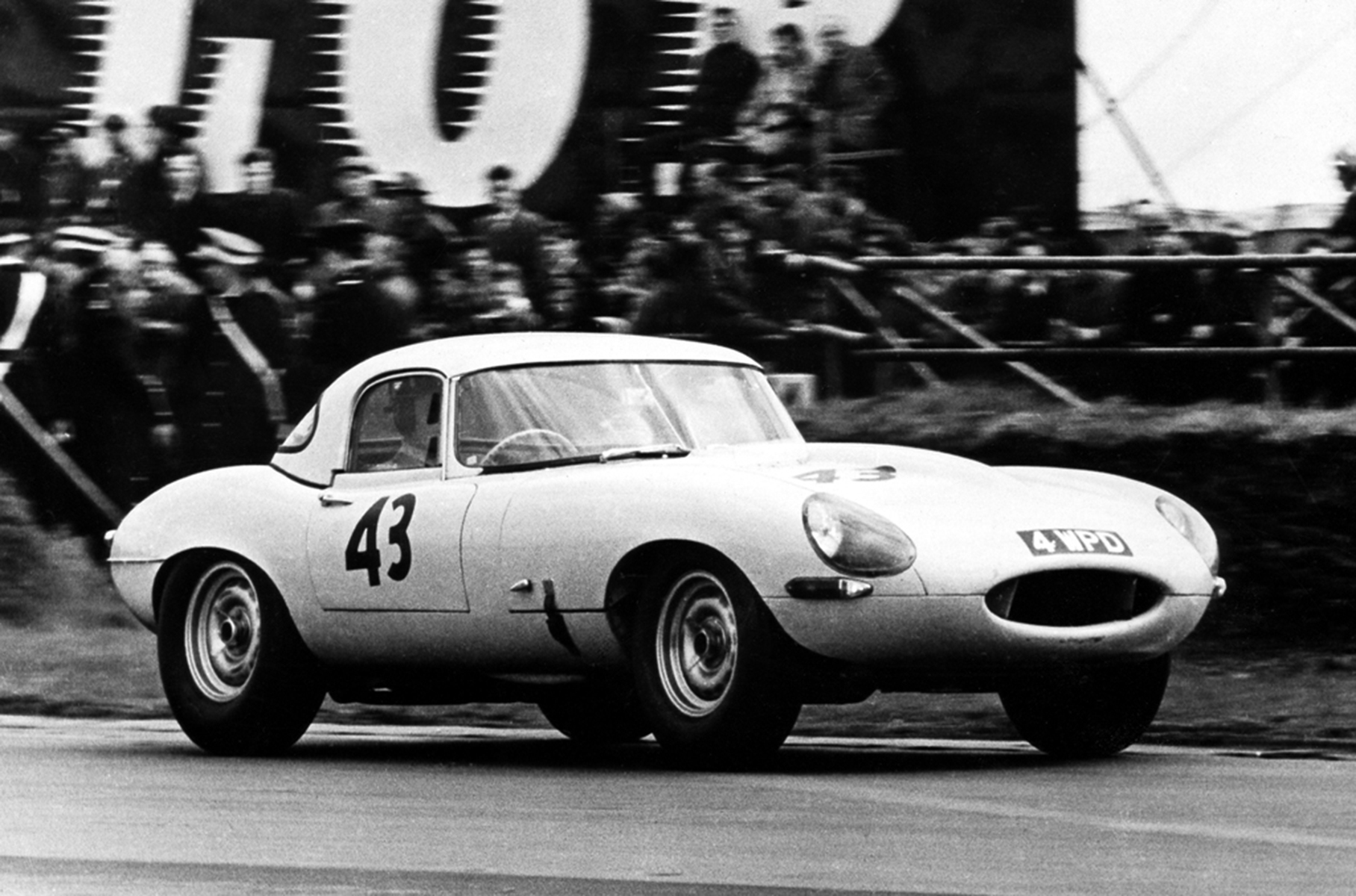 Jaguar E-Type Lightweight
Jaguar E-Type Lightweight
Jaguar  Jaguar E-Type Lightweight
Jaguar E-Type Lightweight
Jaguar
In 1962, a year after the birth of E-Type, the engineering department began to explore the potential of the platform and developed the modification of the Low Drag Coupe, the essence of the heir to the D-type with a streamlined body of aluminum. Lightweight with a 3.8-liter engine (cylinder block made of aluminum) with a capacity of more than 300 hp – In fact, the result of the evolution of the streamlined compartment. “24 hours of Le Mans” and other world-class motorsport passed the light E-Type. But in the Australian GT Championship championship, he won, I remembered good results in the American championship SCCA (Sports Car Club of America) and came to private riders.
Twr Jaguar XJ-S
The name of the Grand Tan is associated with elegance and grace, although it should also be a synonym for the struggle for survival and motorsport successes. In the second half of the seventies XJ-S, the Group 44 racing team perfectly proved himself in the staff of high-ring battles Trans Am. While the ocean was “silhouettes” with tubular chassis and “shell” a la serial Jaguar, in the office of the brand thought about the debut in the Group A. category.
 The same “silhouette” for American races
The same “silhouette” for American races
Jaguar 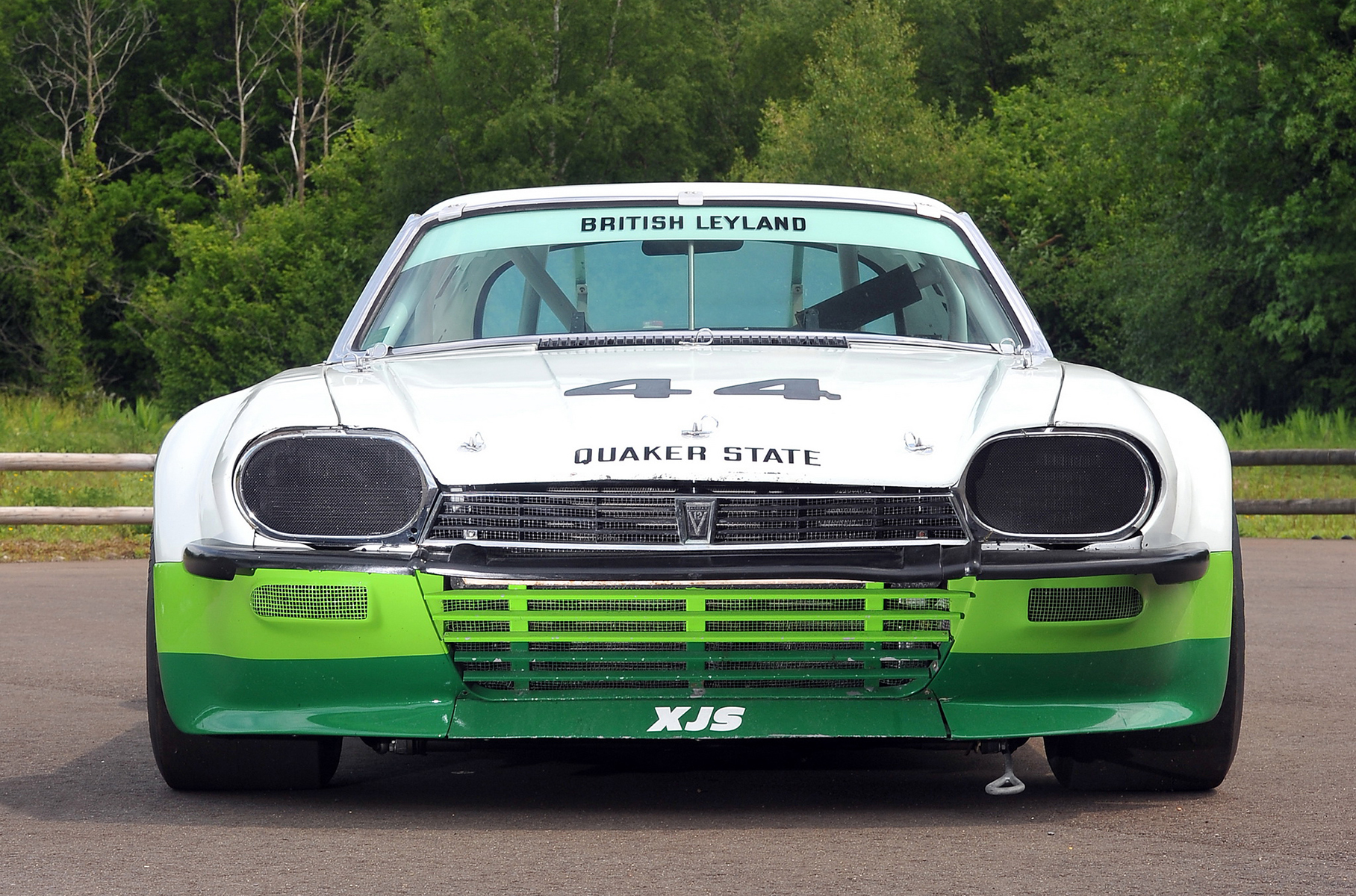 The same “silhouette” for American races
The same “silhouette” for American races
Jaguar  The same “silhouette” for American races
The same “silhouette” for American races
Jaguar
John Igan Managing Director saw XJ-S in European Turoring (ETCC, European Touring Car Championship). The project was outposed by the TWR (Tom WalkinShaw Racing) engineering center with a magnificent portfolio. So, for example, Tom Wokinshaw and his wards helped Mazda take two champion titles in BTCC (British Touring Car Championship). Why exactly XJ-S, and not Rover SD1, as the British Leyland concern possessed the “Jaguar”? Very simple: an independent suspension on double transverse levers plus the opportunity to install the widest tires among the permitted ones. With a force of power, forced up to half a thousand V12 forces 5.3 liters, a monster turned out.
 XJ-S from TWR is extremely cool not only with the results of performances in the ETCC, but also a triumph in the Australian Bathurst 1000 (1985) race. This is the only “jaguar” that succeeded!
XJ-S from TWR is extremely cool not only with the results of performances in the ETCC, but also a triumph in the Australian Bathurst 1000 (1985) race. This is the only “jaguar” that succeeded!
Jaguar 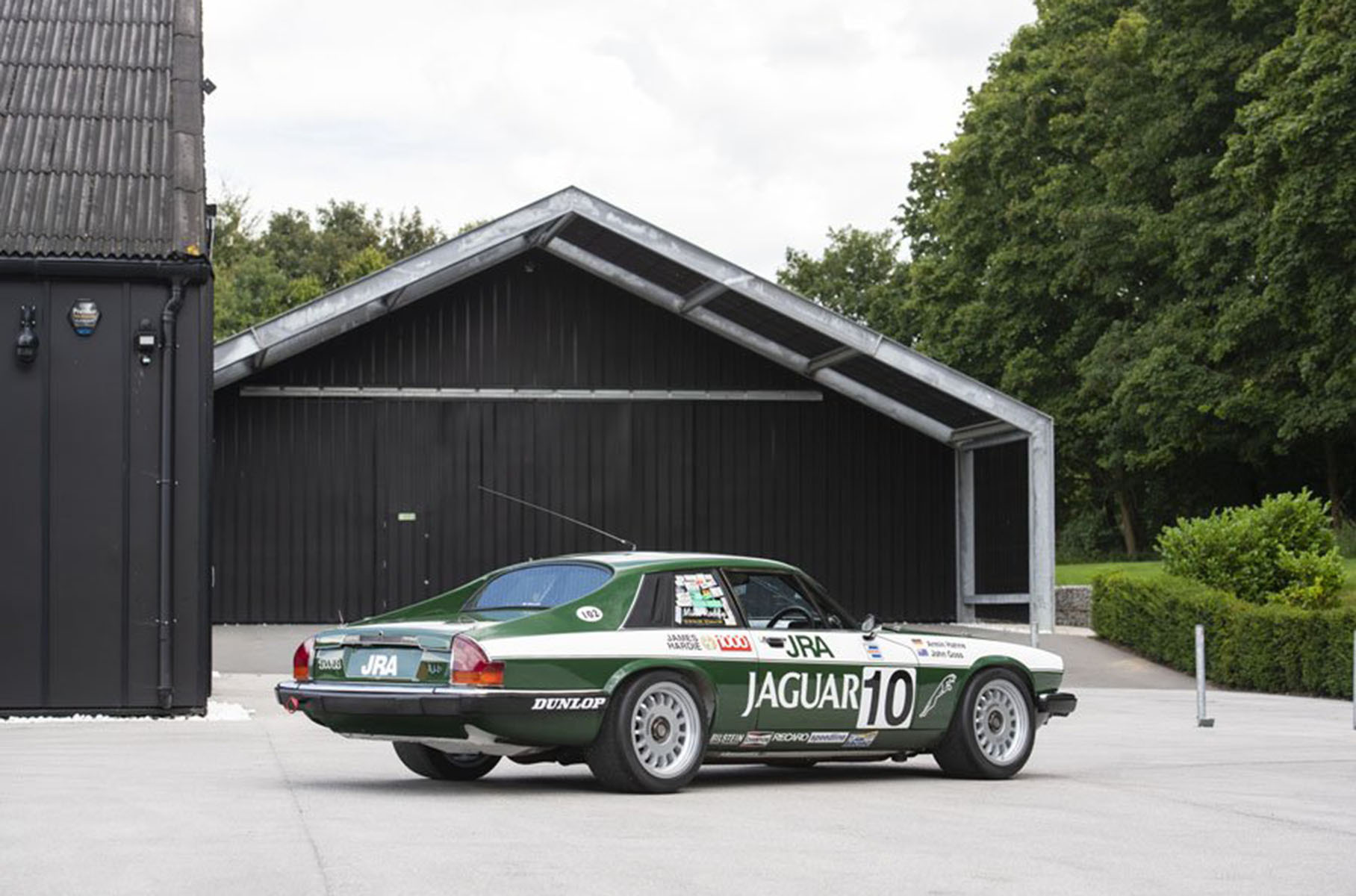 Jaguar
Jaguar  Jaguar
Jaguar
In 1982, he won four stages of ten stages, in five of the twelve in 1983, and finally at seven out of twelve in 1984, when Tom Wokinshu himself tried on the championship crown of ETCC. By the way, this is not the only merits of XJ-S. In his track record “Gold” in the exhausting 24-hour marathon at the Belgian SPA, the first victory of “Yaguar” in the daily race since the time of the Le-Man of 1957.
50 years Jaguar xjs For forgotten concepts: Jaguar xj-s ascot missing link
Jaguar XJR-9
Since 1985, TWR began to represent the brand in one of the branches of the Premier League-Group C prototypes in the World Sportscar Championship and Marathons like “24 hours of Le Man”. At first, the results were not bad, albeit not supervaging. Further – more. The XJR-8 Bolid won eight stages of ten, and its successor XJR-9 won 24 hours of dietons (carried out under the auspices of IMSA, International Motor Sports Association) and at the same time took Gold in Le Mane.
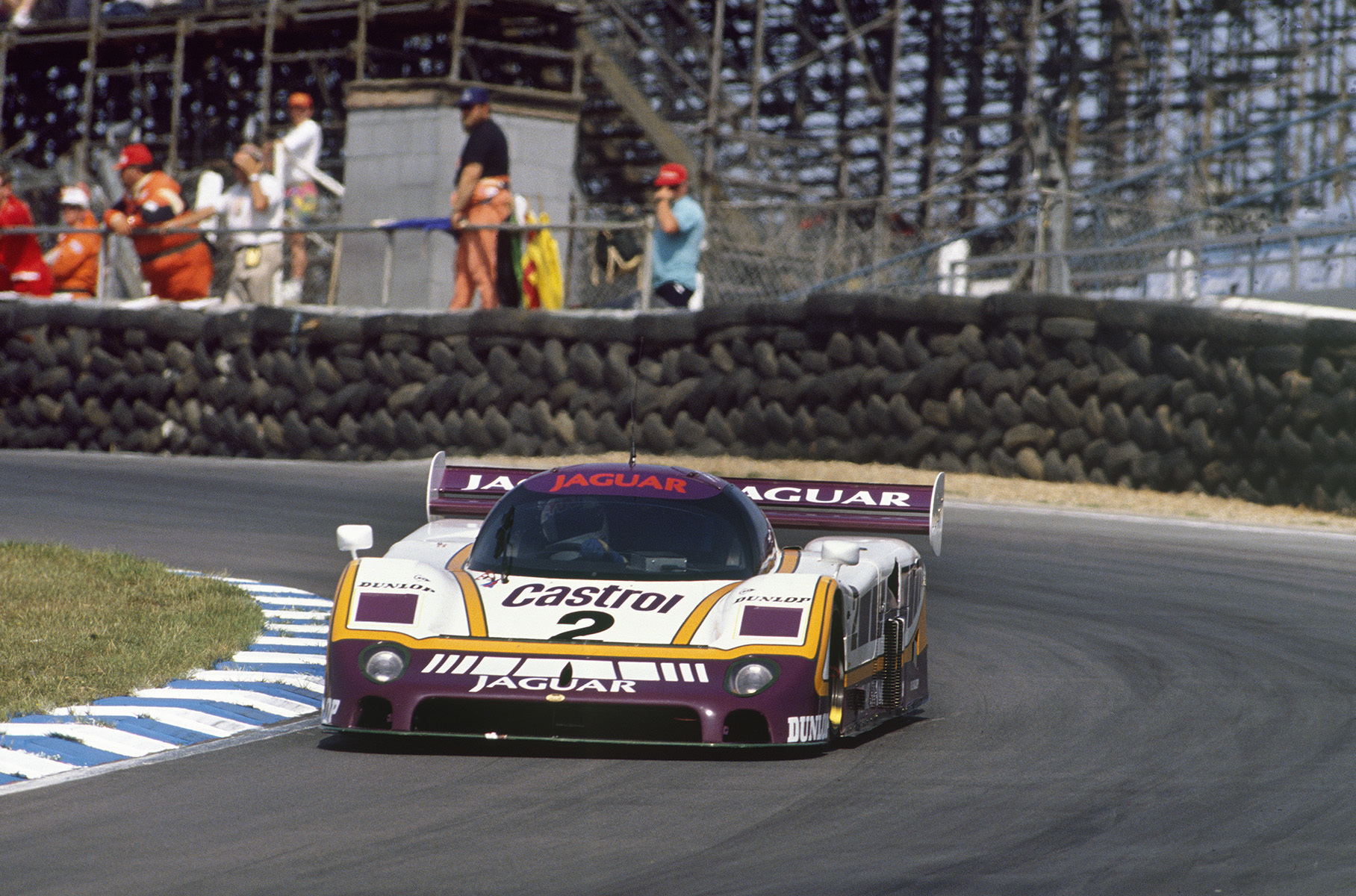 XJR-9 not only shone in daily marathons. Martin Brandle managing him won the 1988 World Sports Prototype Championship, ahead of the Frenchman Jean-Louis Schleser and Mercedes. Yes, the same Schleser, who will subsequently win the Paris-Dakar twice twice
XJR-9 not only shone in daily marathons. Martin Brandle managing him won the 1988 World Sports Prototype Championship, ahead of the Frenchman Jean-Louis Schleser and Mercedes. Yes, the same Schleser, who will subsequently win the Paris-Dakar twice twice
Jaguar 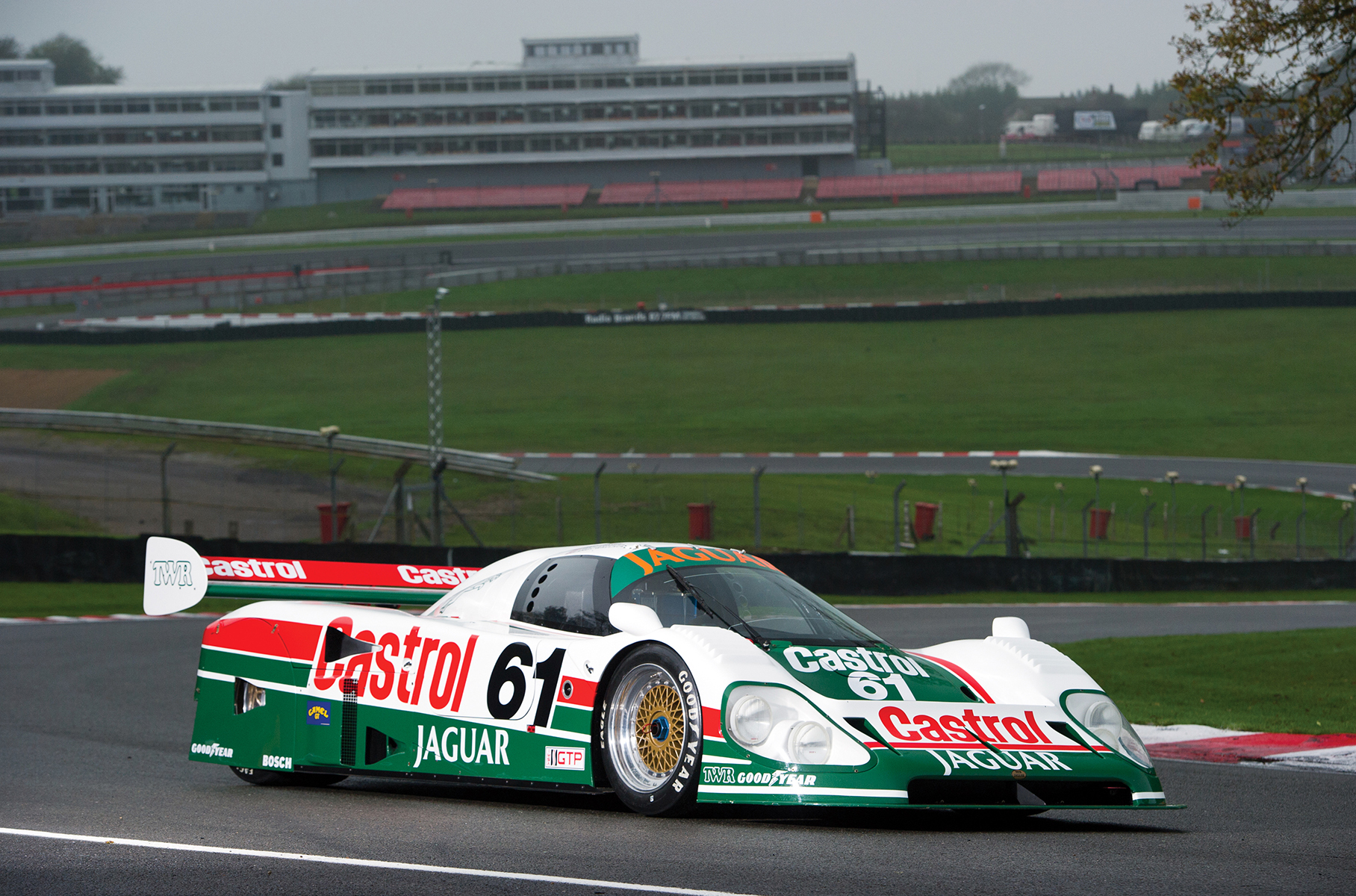 XJR-9 not only shone in daily marathons. Martin Brandle managing him won the 1988 World Sports Prototype Championship, ahead of the Frenchman Jean-Louis Schleser and Mercedes. Yes, the same Schleser, who will subsequently win the Paris-Dakar twice twice
XJR-9 not only shone in daily marathons. Martin Brandle managing him won the 1988 World Sports Prototype Championship, ahead of the Frenchman Jean-Louis Schleser and Mercedes. Yes, the same Schleser, who will subsequently win the Paris-Dakar twice twice
Jaguar
Now we are talking about two different specifications of the XJR-9. Both are built on a monocoque of carbon and Kevlar, dressed in carbon fiber body and have an average engineer layout with a longitudinally placed internal combustion engine and five -stage “mechanics”. But in Daiton, he drove a prototype with a six-liter atmospheric V12, and in Le-Man-a more aerodynamic XJR-9LM and a high-speed with an engine of 7.0 liters.
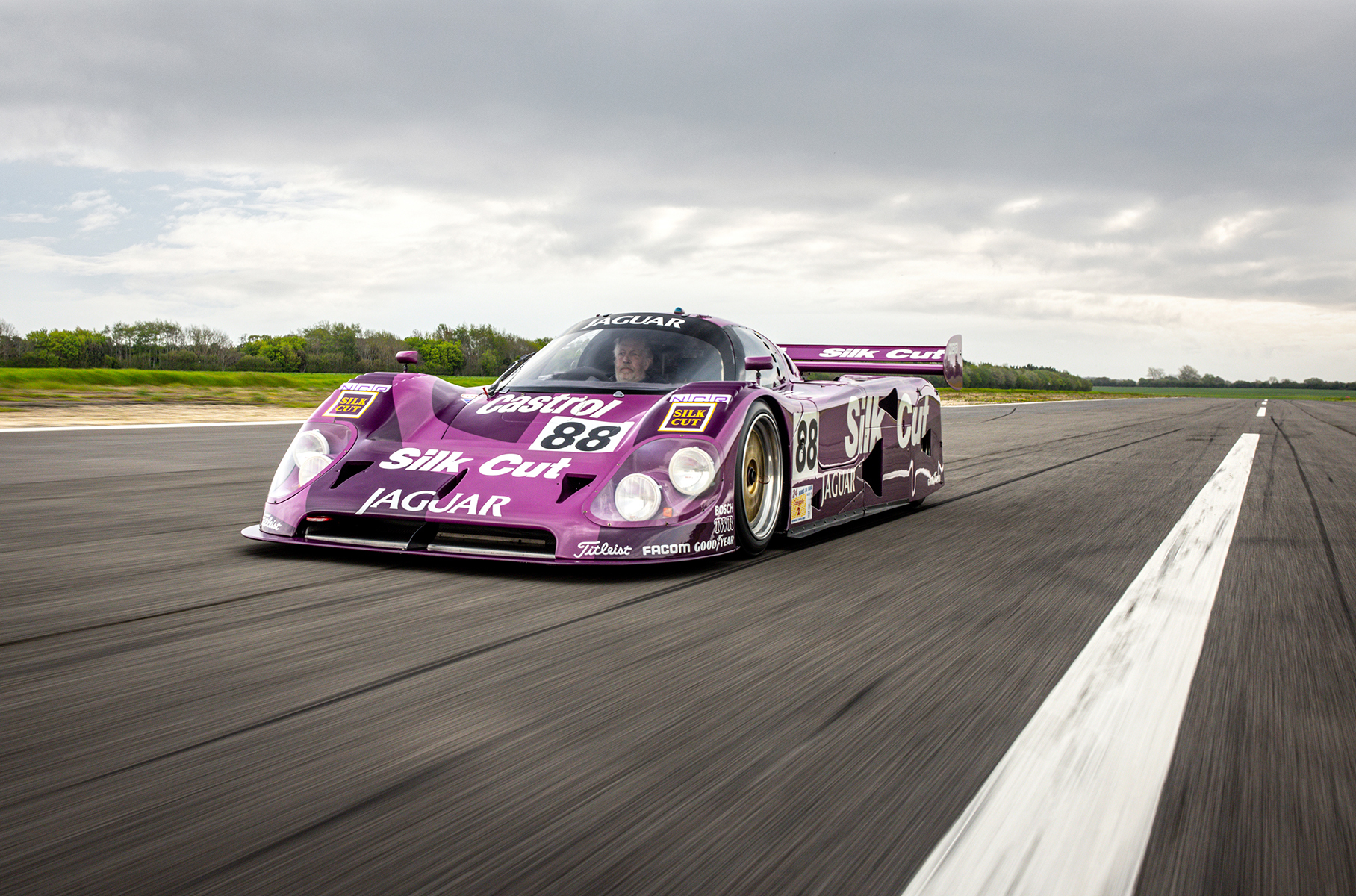 Jaguar
Jaguar  Jaguar
Jaguar 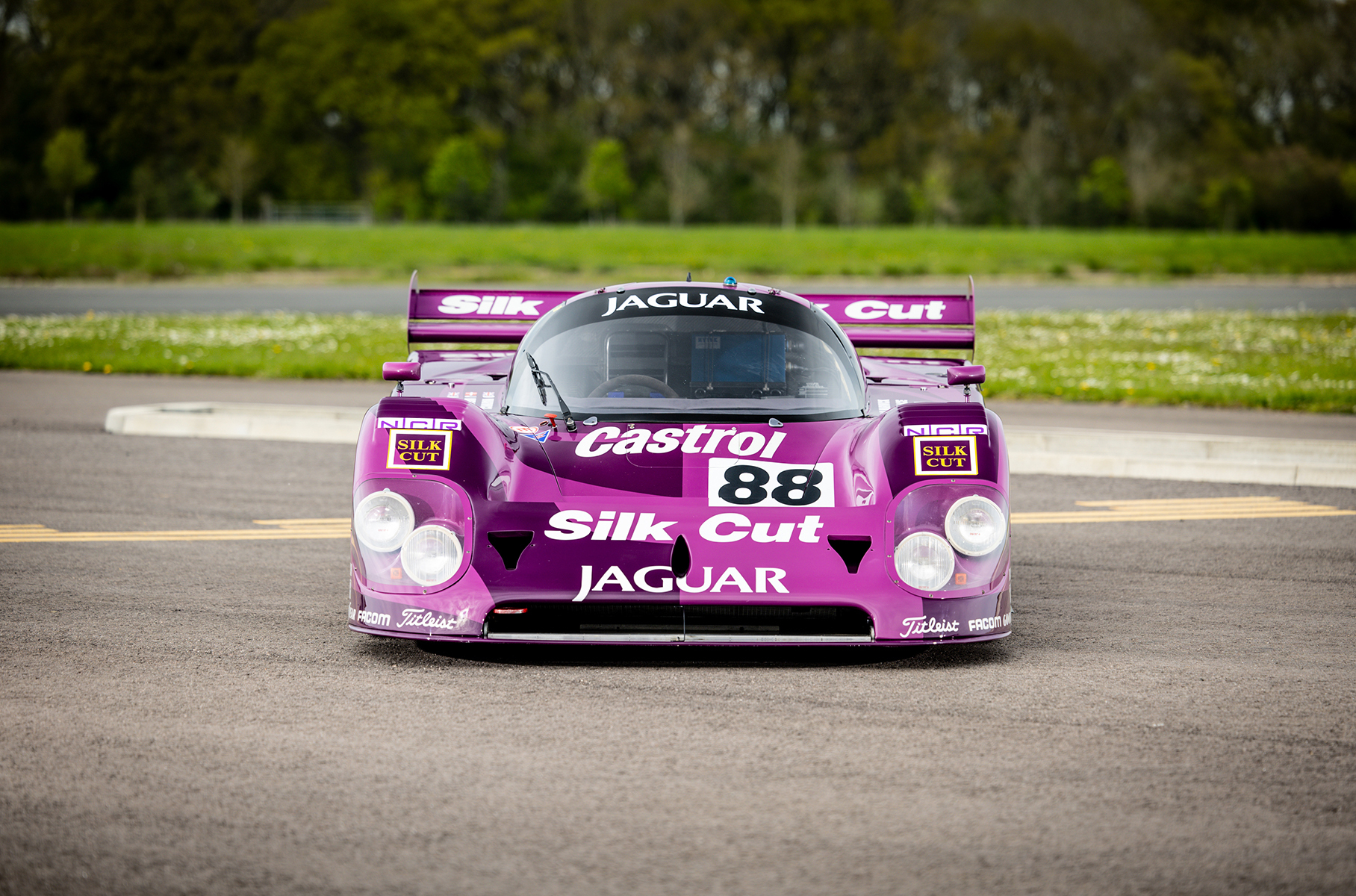 Jaguar
Jaguar
The successors of the Ninth highly kept the banner and developed success. For example, 900-kilogram XJR-12 with a seven-liter V12 capacity of 741 hp He also won “24 hours of Le-Man”. On the way to the first place, he showed the average 204.036 km/h and the maximum 353 km/h.
Jaguar XJR-14
We will single out this superbolid separately as evidence of a high level of preparation and operational adaptation to rapidly changing conditions. In the 1991 season, FIA rewrote the regulation for prototypes of group C. One of the key points of the protocol is a transition to 3.5-liter engines. The era has gone, and with it, racing cars according to a long -standing and understandable recipe. Nevertheless, Jaguar accepted the rules of the game and put in the World Sportscar Championship completely new XJR-14, which defended the brand titles.
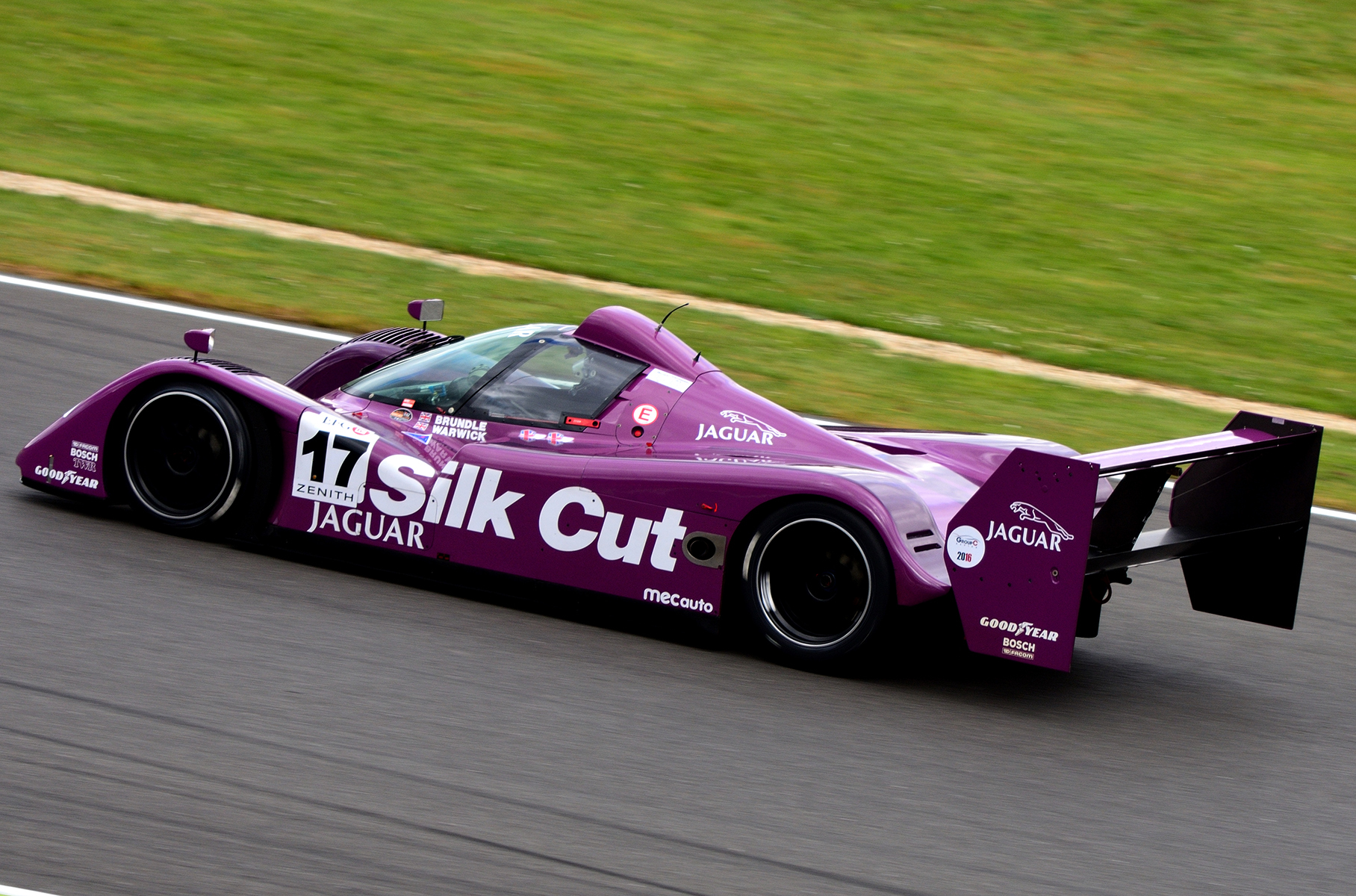 Jaguar
Jaguar 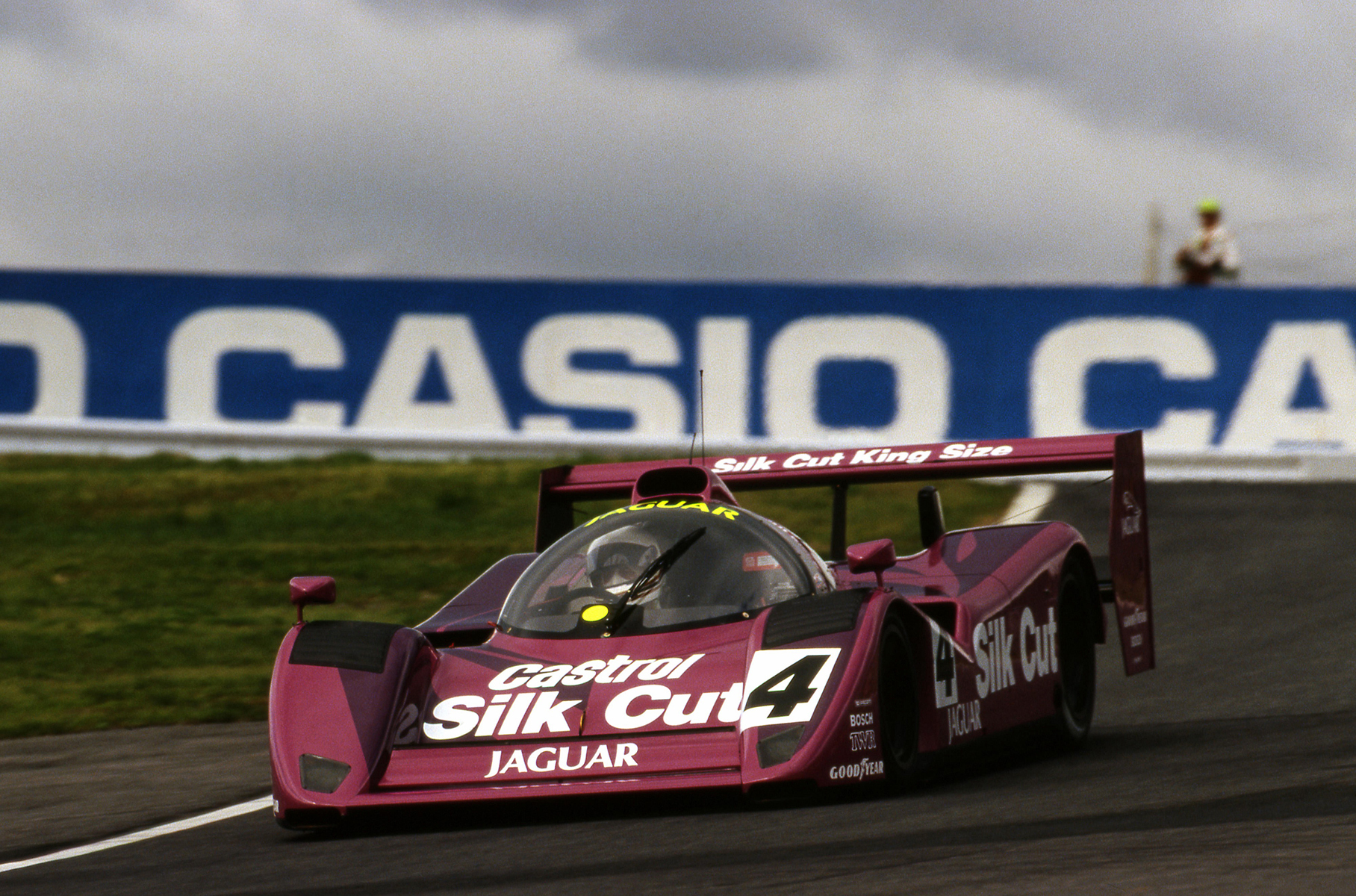 Jaguar
Jaguar  Jaguar
Jaguar
The “fourteenth” was developed with the participation of Ross Brown, whom the world primarily knows from leading positions in Formula 1 teams and collected by TWR specialists. Atmospheric Cosworth Hb V8 is a modified formula Ford. On the prototype, his return is reduced from 710 hp. up to about 659 hp .. How can I not recall that the Jaguar XJR-11 prototype was given by the Three and Five Twindourbomotor based on the MG Metro 6R4 rally unit, however, it was an unrealistic task to use it again in the hopeless configuration? Burgothes (only 762 kg!), Together with increased clamping force, guaranteed a crazy pace in turns.
After that season, Jaguar left the group C. On the one hand, the British obviously did not want to guess that the FIA officials would be thrown out the next time and how much the new car would cost for the next rules. On the other hand, a lot of time and effort was devoted to the races of sports prototypes. However, the brand did not leave the competition completely and in 1992 put the XJR-14 at the American championship IMSA Camel GTP. He immediately improved the route in Miami for four seconds, but in the end he lost to Toyota and Nissan, taking the final third line in the championship. /m
JAGUAR F-Type R: The last rebel of Europe celebrates the 30th anniversary of the great supercar Jaguar XJ220, but failed: Jaguar X-Type
